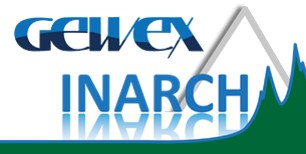Workshop Summary
INARCH held its 2024 Annual Workshop from October 14–18, 2024 in Lanzhou and Zhangye in central China, meeting as a network in Asia for the first time. The workshop was hosted by Dr. Tao Che, Dr. Shichang Kang, and Dr. Xin Li of the Chinese Academy of Sciences, along with tremendous local support from their staff and students. A welcome dinner was held on October 14 for those who had just arrived. On October 15, 46 scientists and students met in Lanzhou at the Northwest Institute of Eco-Environment and Resources, Chinese Academy of Sciences, for the workshop opening and some keynote presentations, as well as a short tour of the facility. That afternoon, a smaller group (36 participants) travelled by bus to Zhangye in Gansu Province, about 500 km from Lanzhou and located in the Heihe River Basin near to field sites in the Qilian Mountains. Over the next couple of days the workshop was held at the Zhangye Hotel and included scientific sessions and discussions, a tour of the Yakou snow observation supersite in the Qilian Mountains, updates on the Common Observing Period Experiment (COPE) and other initiatives, and social events to foster further collaboration. Participants returned to Lanzhou on the afternoon of October 18 and departed from there.
Scientific sessions included oral presentations and poster presentations with lightning talks, focusing on topics including: observations, remote sensing, and field experiments; model development, applications, and prediction; INARCH's COPE; and INARCH progress and the 2024 workshop statement. The workshop was very fruitful in terms of assessing our progress, planning further activities, and scoping our contributions to global initiatives such as the International Year for Glaciers Preservation and UN Decade of Action for the Cryospheric Sciences.
Some concrete outcomes and next steps are a proposed special issue of the journal, Hydrological Processes, and a focused scientific session at the European Geophysical Union 2025 General Assembly to share the results of our COPE and other advances. The workshop statement below lists further notable highlights and outcomes. We plan to meet again in September 2025 in Innsbruck, Austria, where we will hold our next annual workshop ahead of the International Mountain Conference (IMC2025) and hold a special session at the IMC2025. Watch our Events Page for updates on this and other activities.
See the full workshop agenda here
See summary article on the workshop and INARCH progress in GEWEX Quarterly (Q4, 2024)
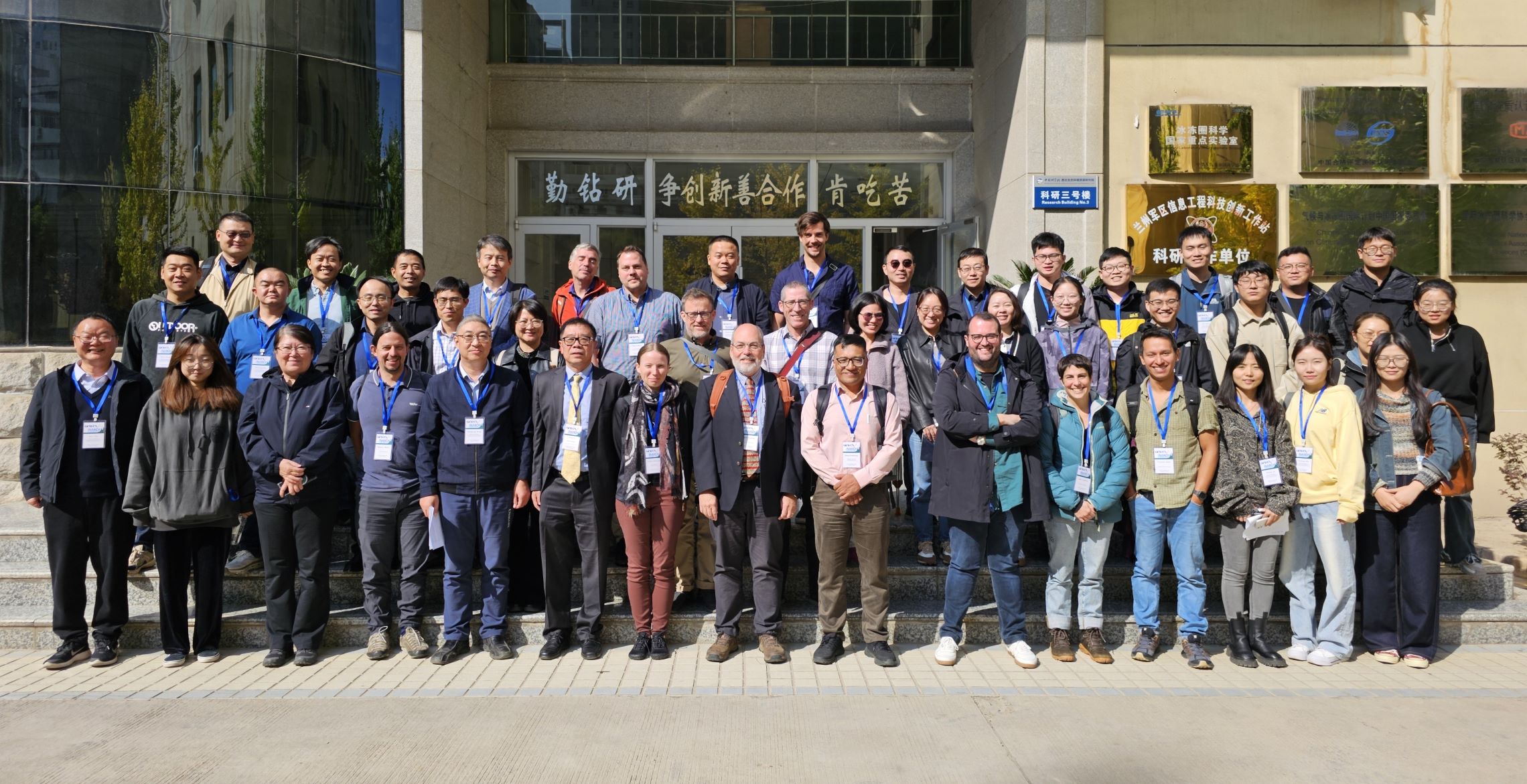
INARCH Statement 2024
- INARCH met in Asia for the first time and engaged with many scholars and institutes who are contributing substantially to increasing the capacity and advances of high mountain hydrometeorology and cryospheric science
- Dramatic expansion of high quality observations in High Mountain Asia and use of this data with sophisticated models to diagnose changing cryosphere and hydrology
- Atmospheric forcing data including reanalysis continues to improve and refine resolution but needs bias correction in high mountains to be useable. INARCH to work with CliC.
- Risks and hazards in high mountains have been identified and there is a research need for observation, early warning and prediction systems.
- Sub-surface flow and ecological interactions are important areas for development in INARCH with some advances and more needed.
- Black carbon and dust impacts on albedo and melt are a source of uncertainty that needs more attention.
- International teams are testing and applying a suite of models in multiple INARCH basins and show transferability of approaches and algorithms
- INARCH should continue to develop collaborations with other groups and initiatives to enhance its capability and to build capacity.
- International Year for Glaciers Preservation and UN Decade of Action for the Cryospheric Sciences start in 2025 and INARCH is poised to deliver advances in monitoring, science and application to both initiatives. INARCH should continue.
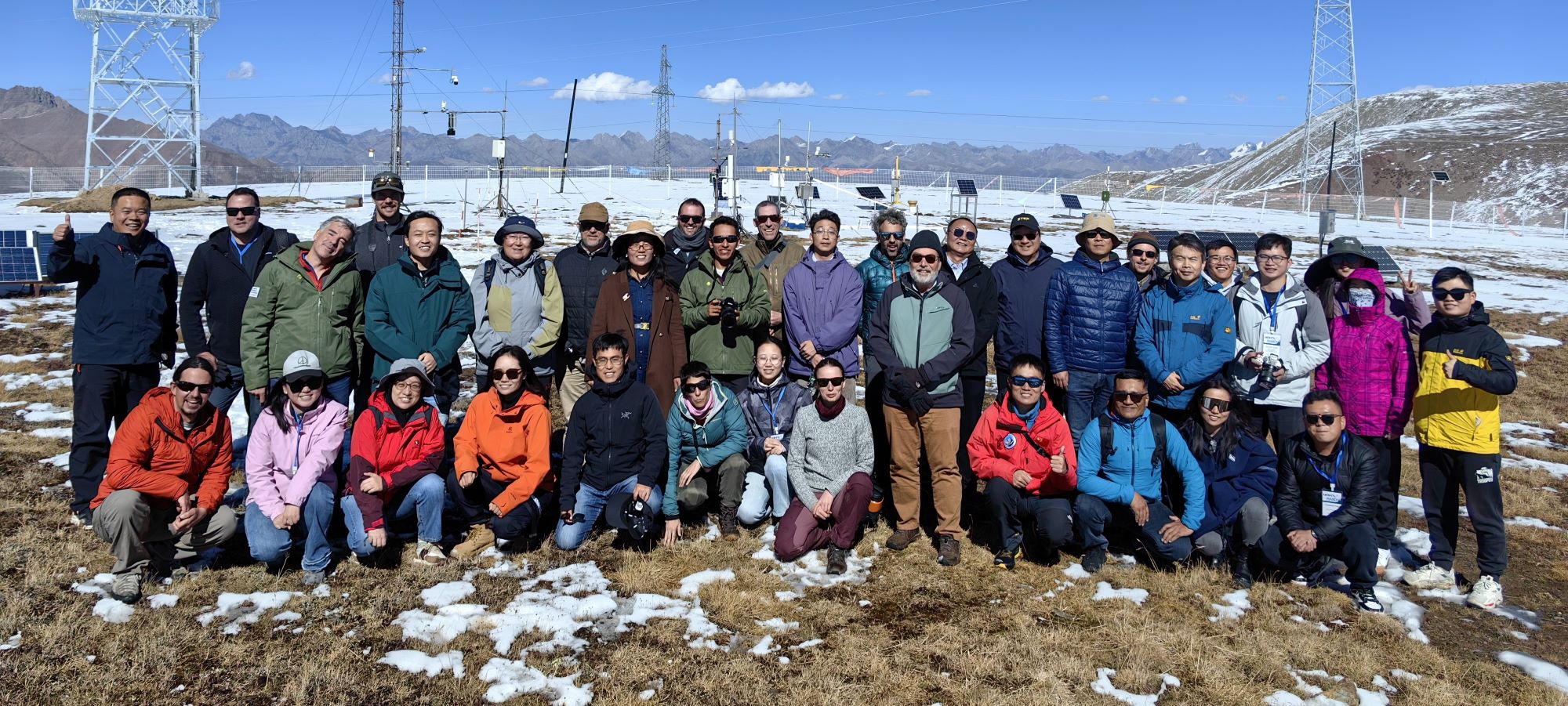
Presentations
Tuesday, October 15 (at the Chinese Academy of Sciences, Lanzhou)
- Introduction and Current Status of INARCH, John Pomeroy
- Hydrologic Observations and Modeling in the Rain-Snow Transition Zone, James McNamara
- Leveraging experimental catchment data for model verification- Andes, James McPhee
- Challenges in water security and sustainability: water culture and adaptation, Zhongbo Yu
- Coordination Mechanism-Implementing the International Year of Glaciers' Preservation 2025, James McPhee
Wednesday, October 16 (at the Zhangye Hotel)
- Morning:
- Cryosphere–Hydrometeorology Observations for a Water Tower Unit on the Tibetan Plateau Using the BeiDou-3 Navigation Satellite System, Lei Wang
- Variation of Riverine Sediment Transport in River Basins on the Tibetan Plateau, Fan Zhang
- Basic observation of hydrology in the Qilian Mountains, Rensheng Chen
- Snow ripening processes in marginal Australian snowpacks, Duanne White
- Investigating Hillslope Hydrological Processes in the Snowy Mountains, Australia Using Physical, Chemical, and Isotopic Data, Celine Anderson
- Experiments for assessing the impact of impurities on snow melting, J. Ignacio López-Moreno
- Shrub effects on marginal snowpack distribution using UAV-SfM and LiDAR data in the Pyrenees, Francisco Rojas-Heredia
- Permafrost in the Pyrenees: the changing mountains, Marc Oliva
- Monitoring wet snow dynamics in Mediterranean mountains: Implication for water resources management, Rafael Pimentel
- The Value of Water Stable Isotope Data for Improving Process Understanding in a Central Asian High Mountain Basin, Zhihua He
- Afternoon:
- Watershed Hydrology Changes Across Scales Resulting from Land Cover and Climate Changes, Tim Link
- UAV-borne LiDAR Observations at the Canadian Rockies Hydrological Observatory, John Pomeroy
- The snow survey in China, Tao Che
- Relative influence of wind and avalanche redistribution at the mountain range scale in the South American Andes, James McPhee
- Snow Interception Relationships with Meteorology and Canopy Structure in a Subalpine Forest, Alex Cebulski
Friday, October 18 (at the Zhangye Hotel)
- The energy and water exchange and its effect on the weather and climate over the Tibetan Plateau and surrounding regions, Yaoming Ma
- The lake-atmosphere turbulent flux simulation and its influences on the basin climate, Binbin Wang
- Advances in CRHM, CHM, MESH and application to diagnose changing hydrology from small to continental scales, John Pomeroy
- Modelling Langtang River Basin with Future Climates, Dhiraj Pradhananga
- Monitoring and modeling snowmelt water resources in HeXi Corridor inland basins, Hongyi Li
- Diagnosing the glacier hydrology of Central Asia with MESH, John Pomeroy
- Overview of INARCH Common Observing Period Experiment (COPE) Status and Activities, Chris DeBeer
- The Digital Water Globe, Tim Link
- INARCH 2024 workshop: progress and closing statement, John Pomeroy
Photos
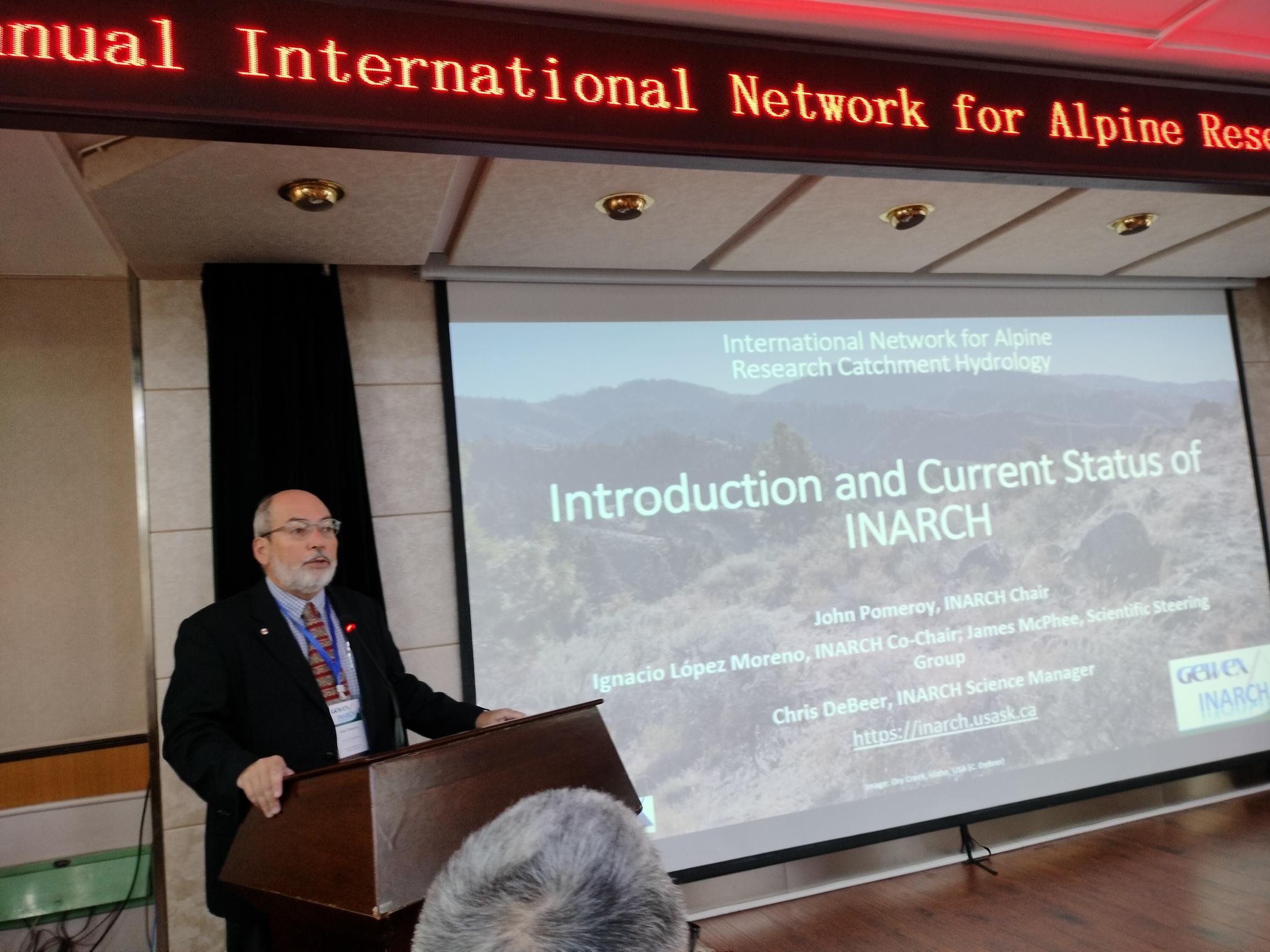 |
 |
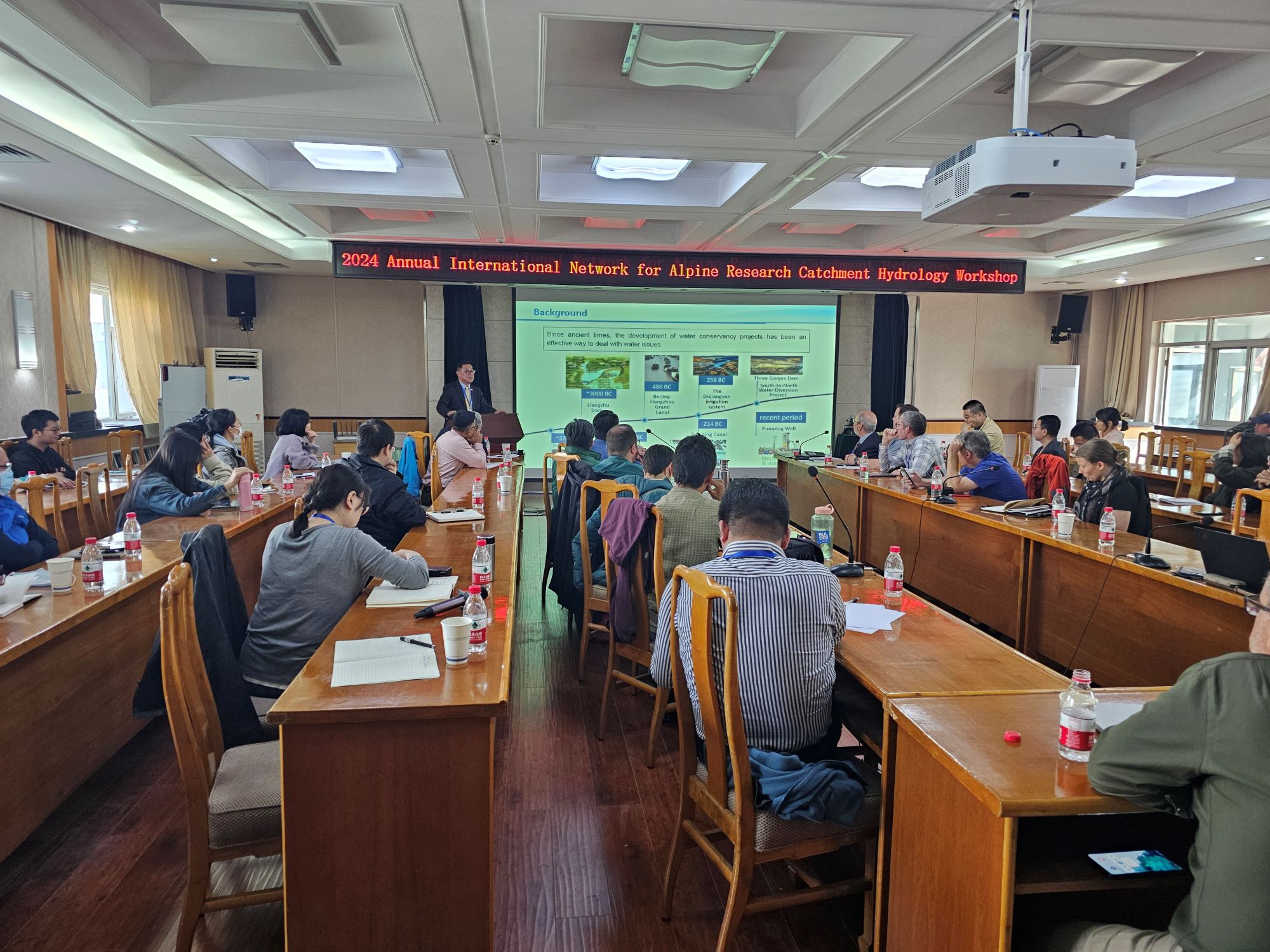 |
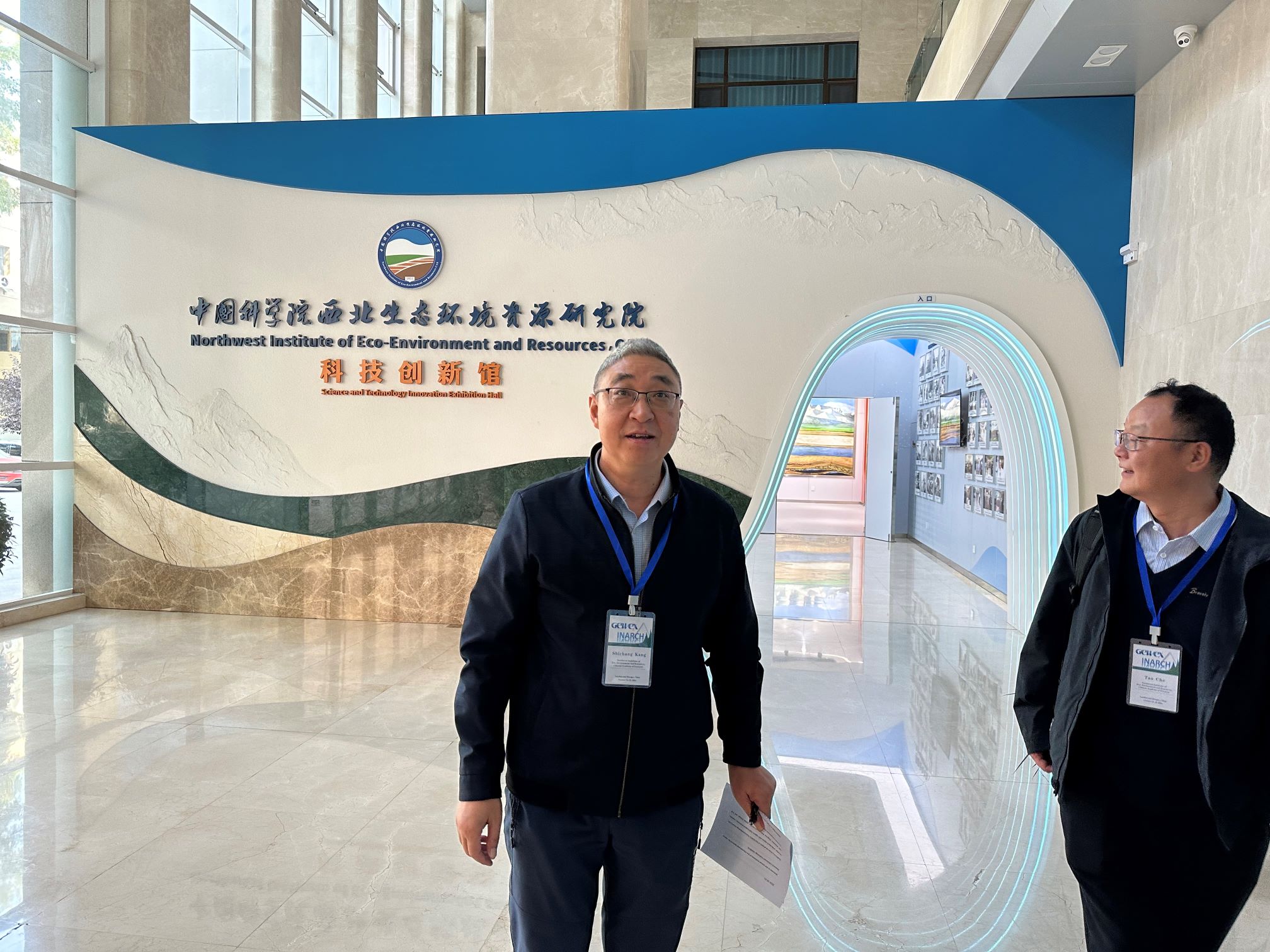 |
 |
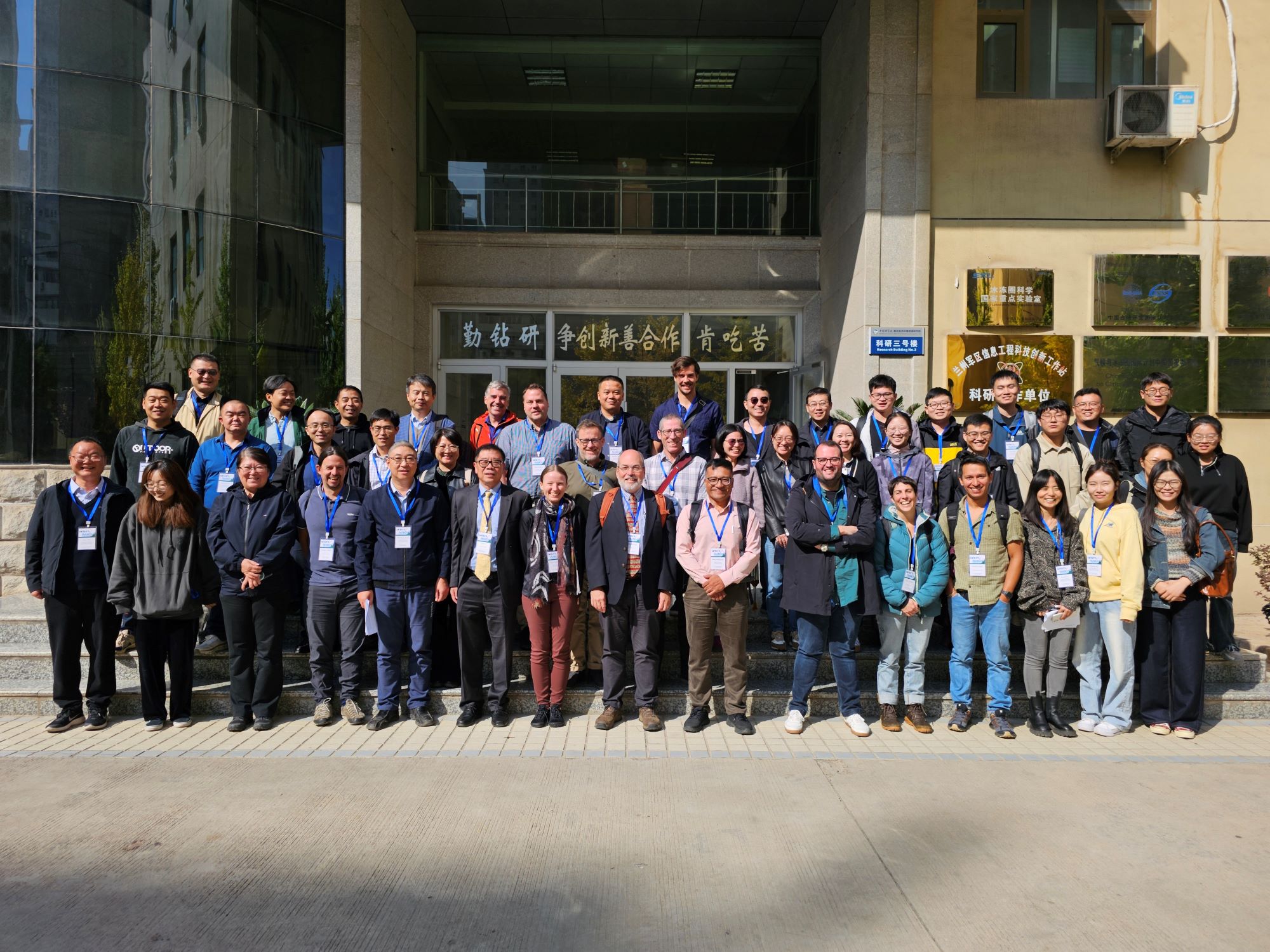 |
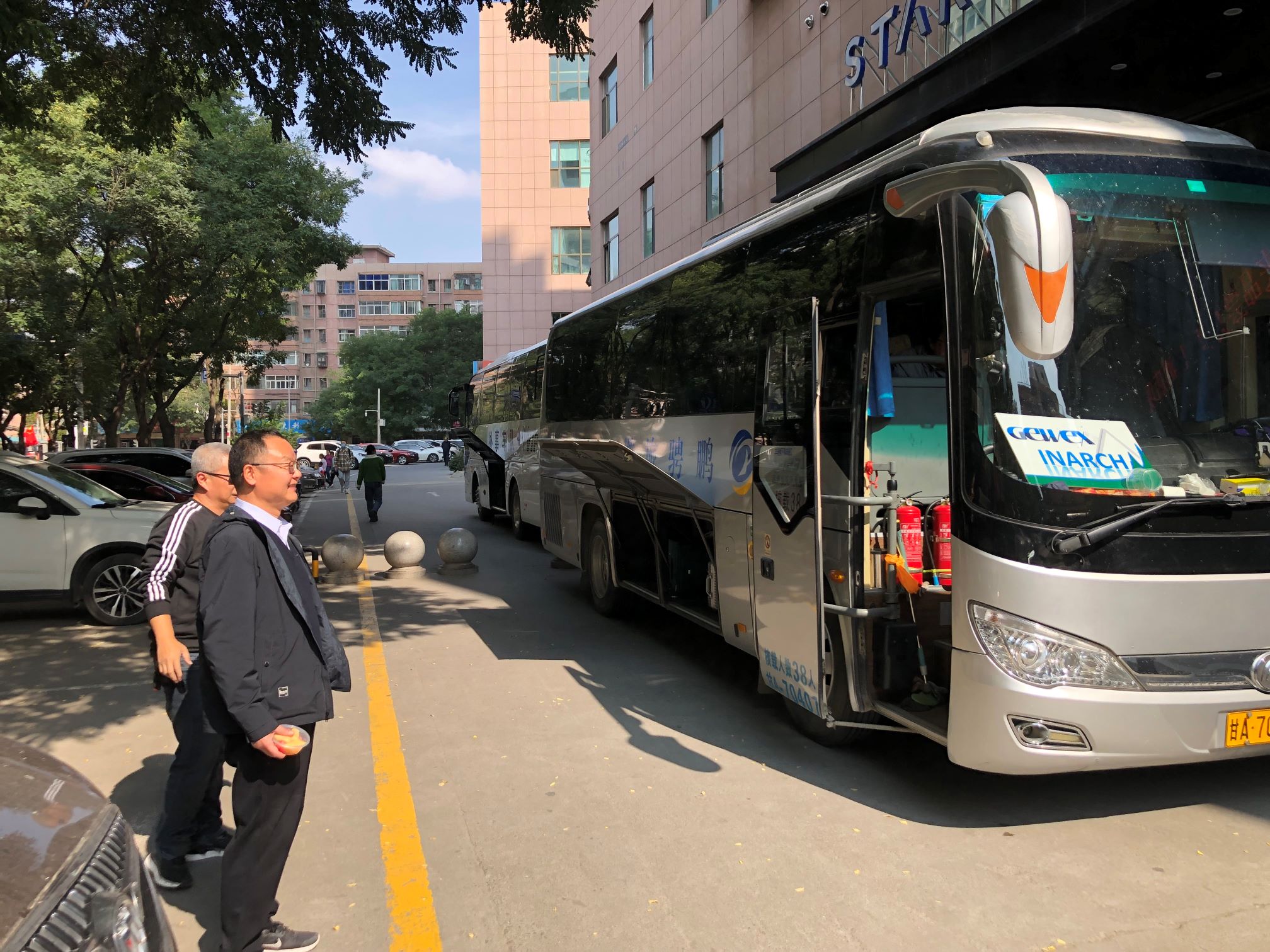 |
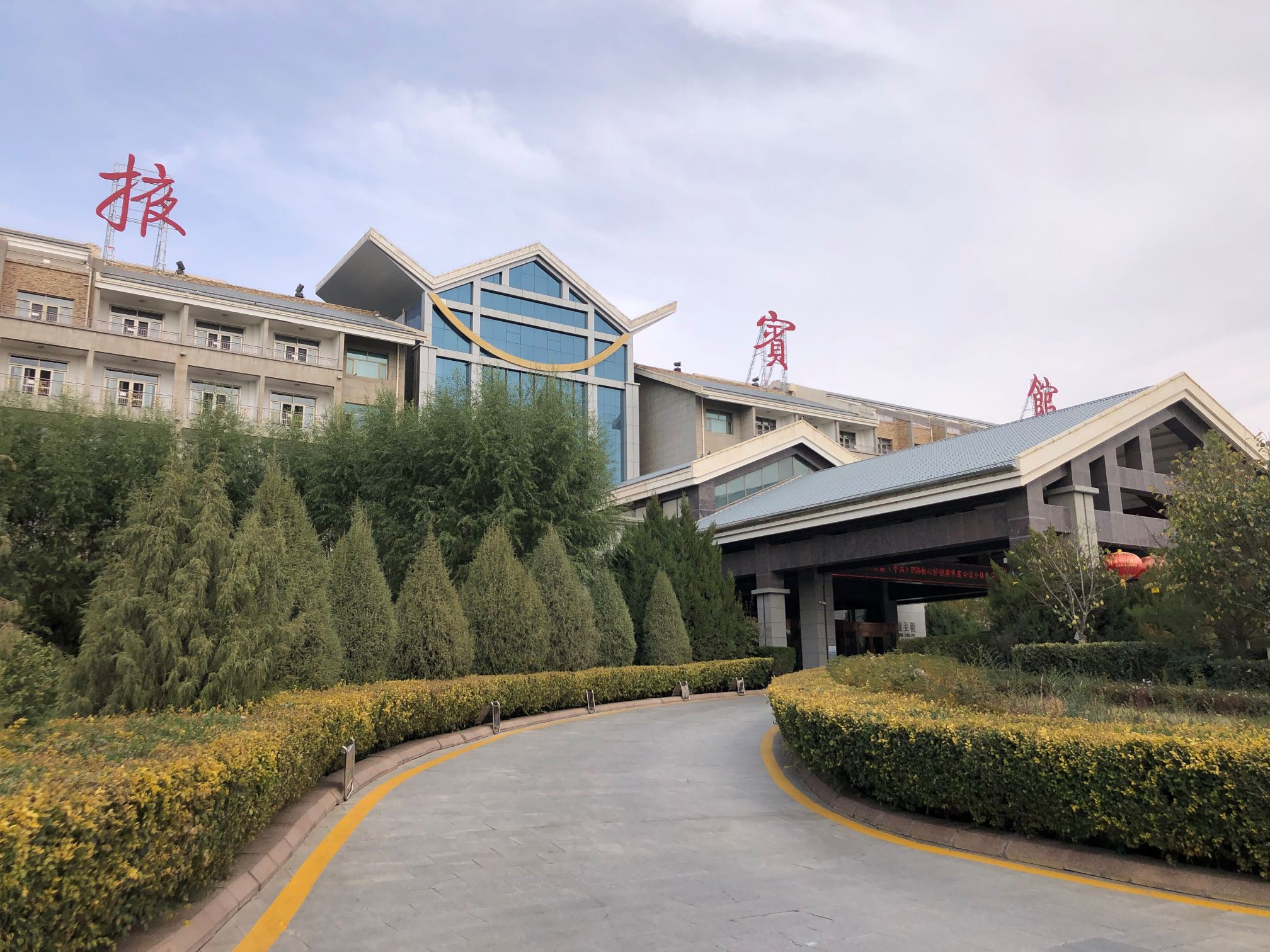 |
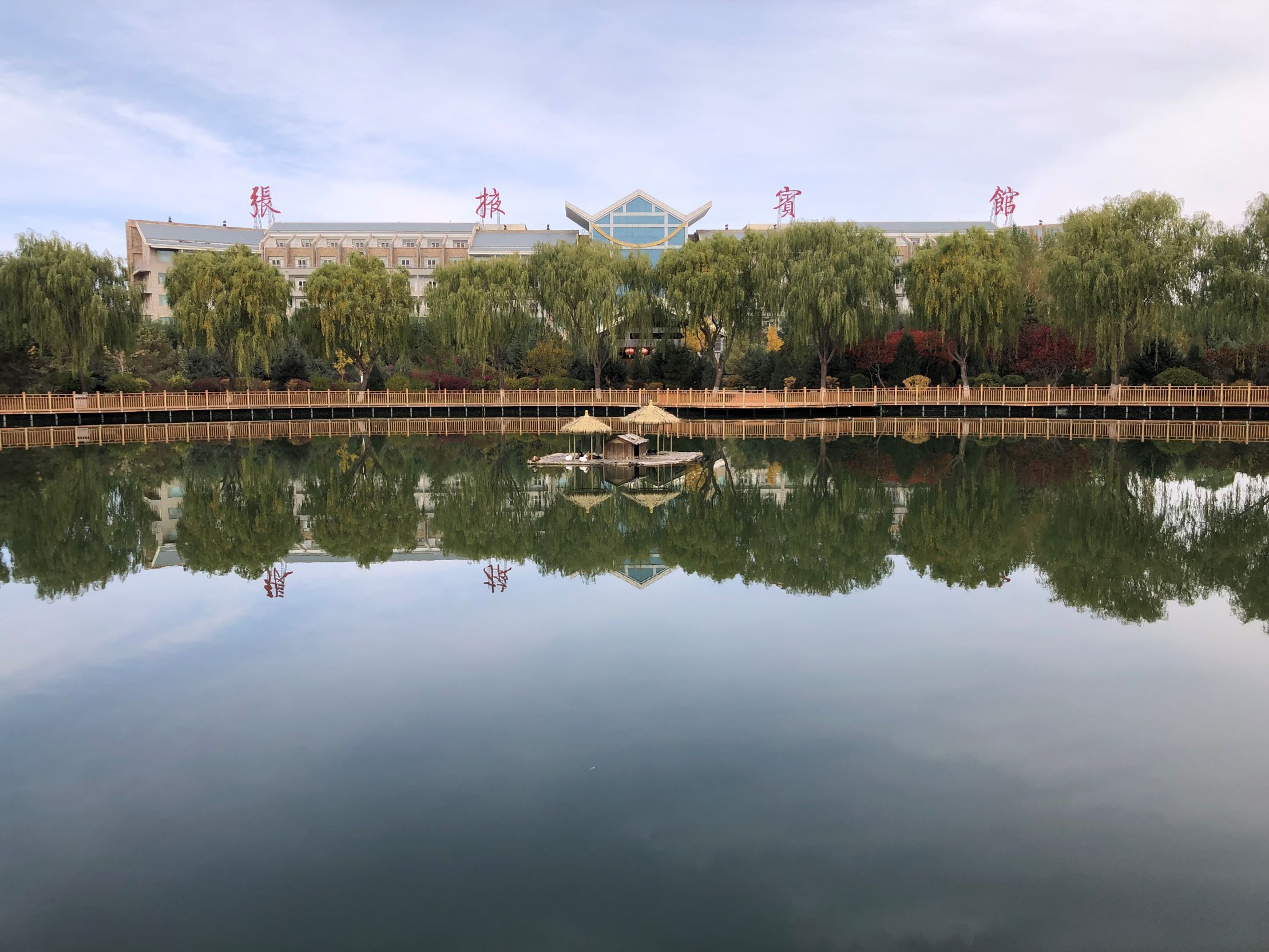 |
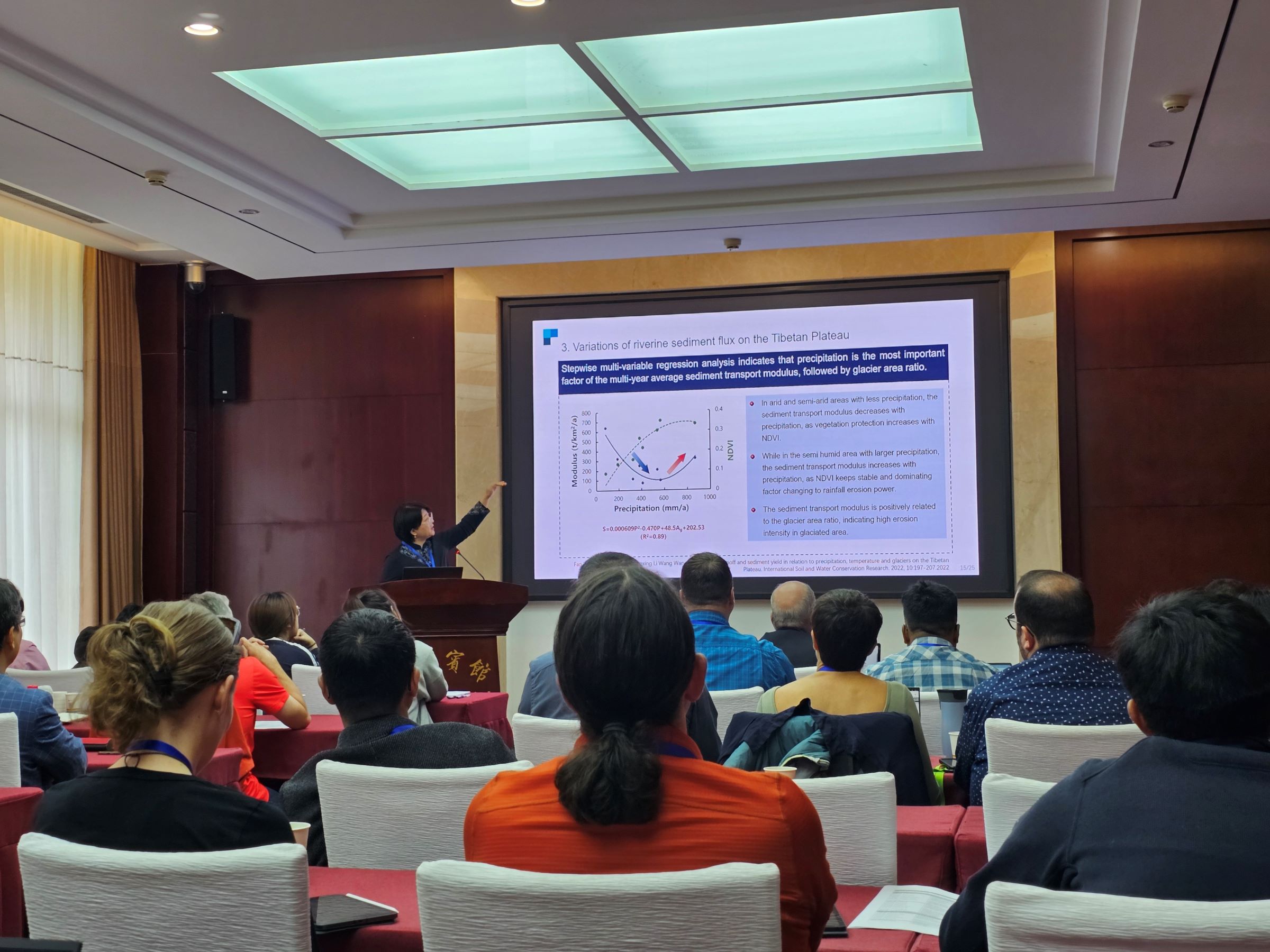 |
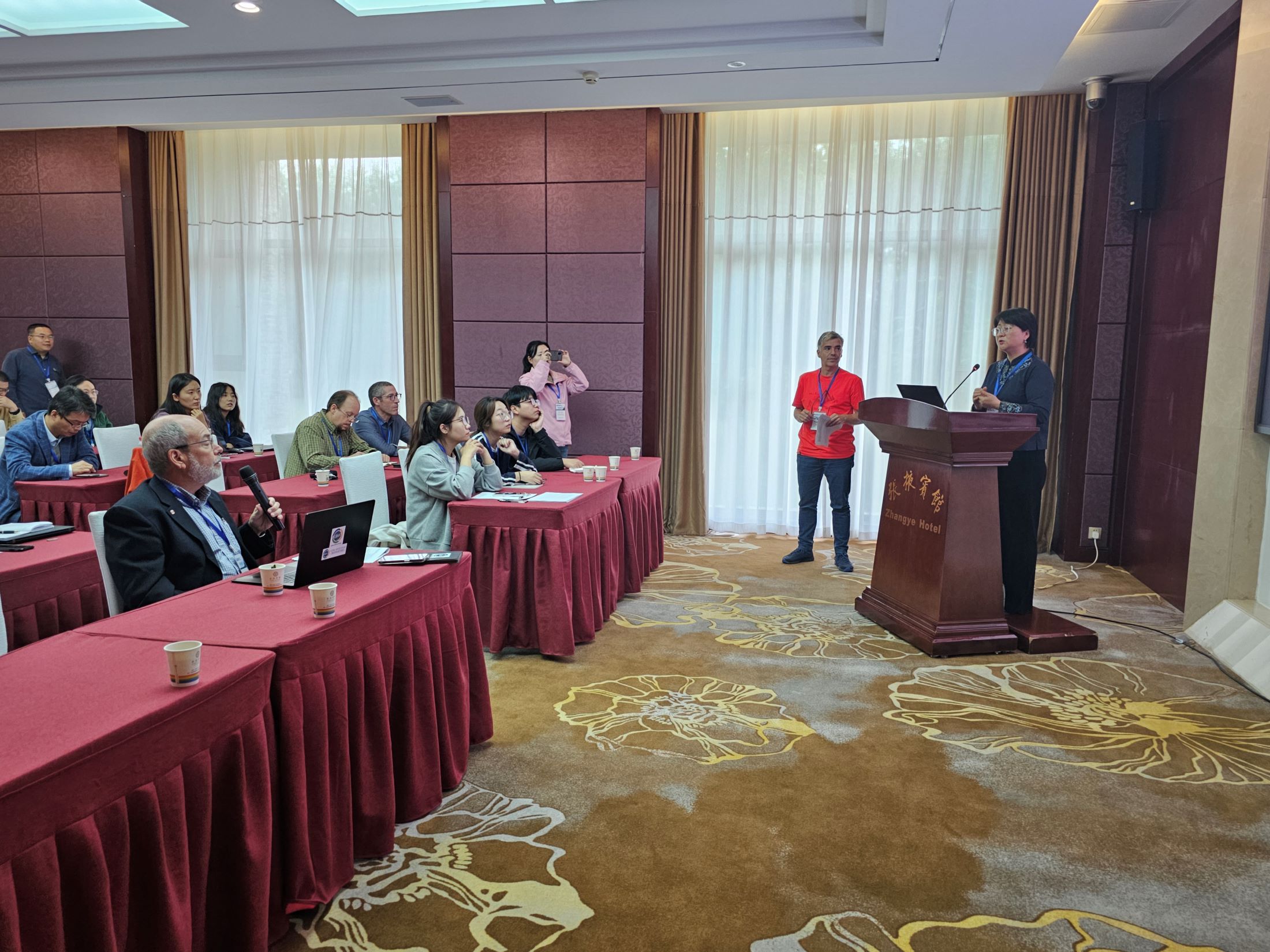 |
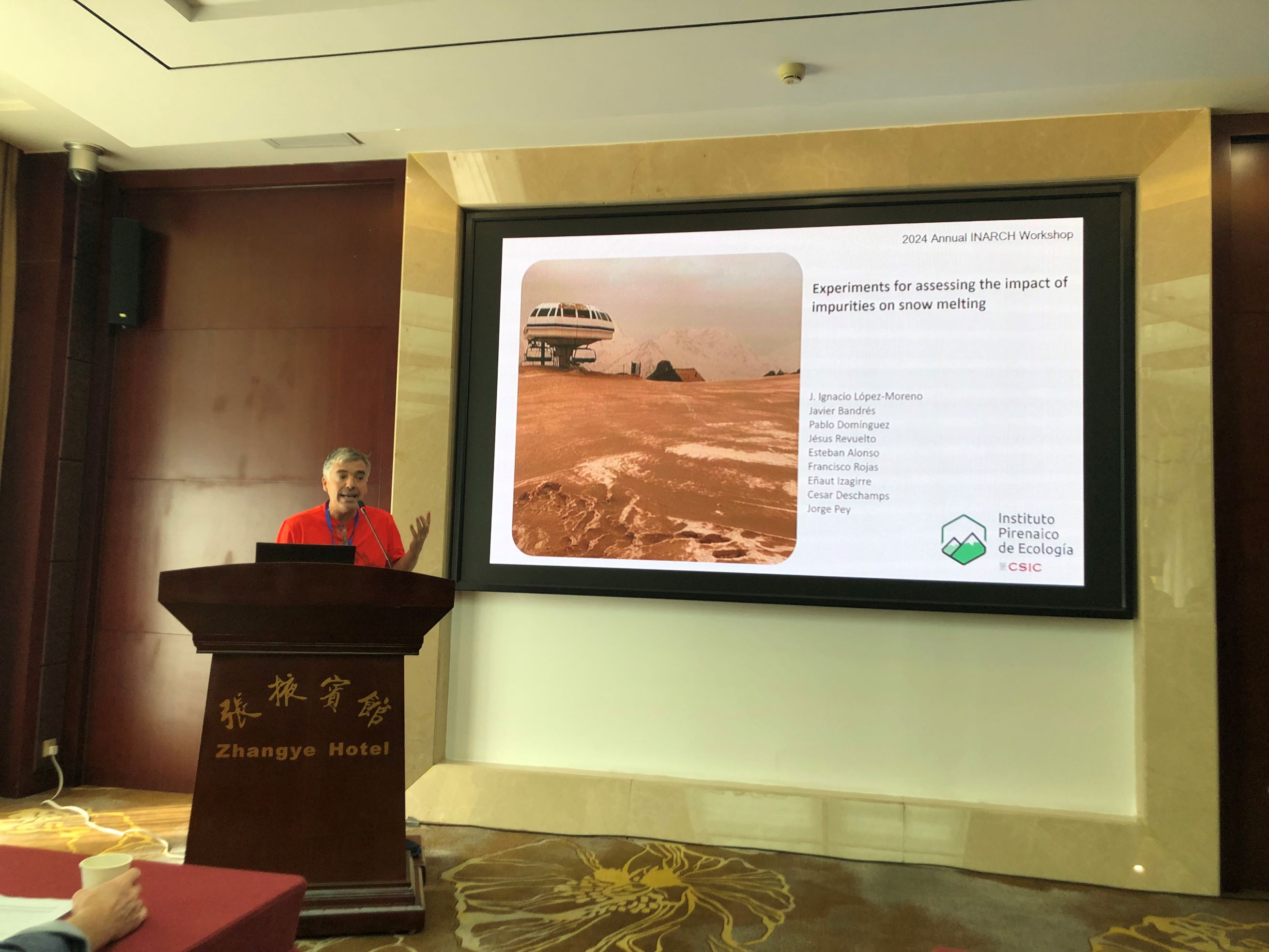 |
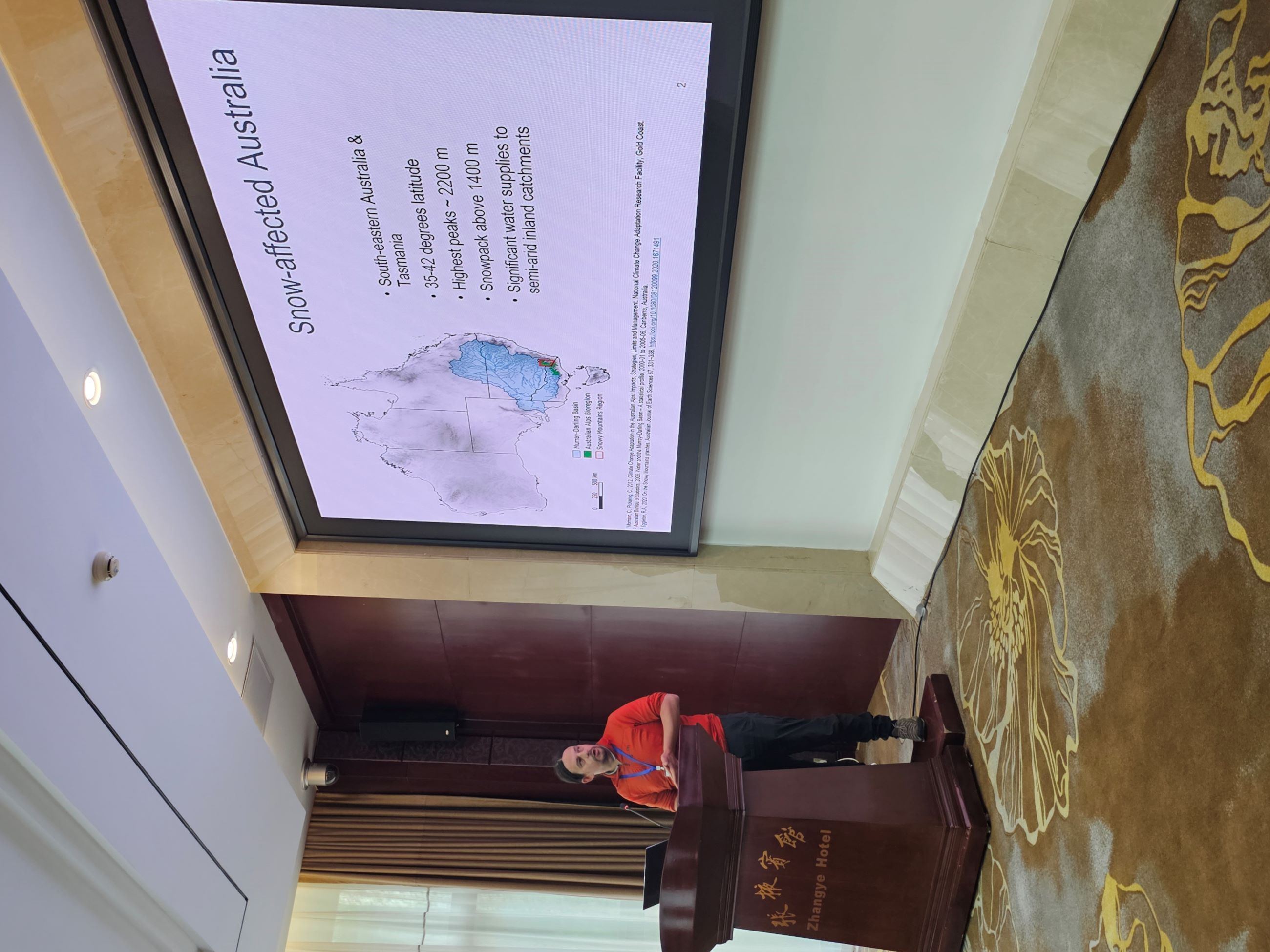 |
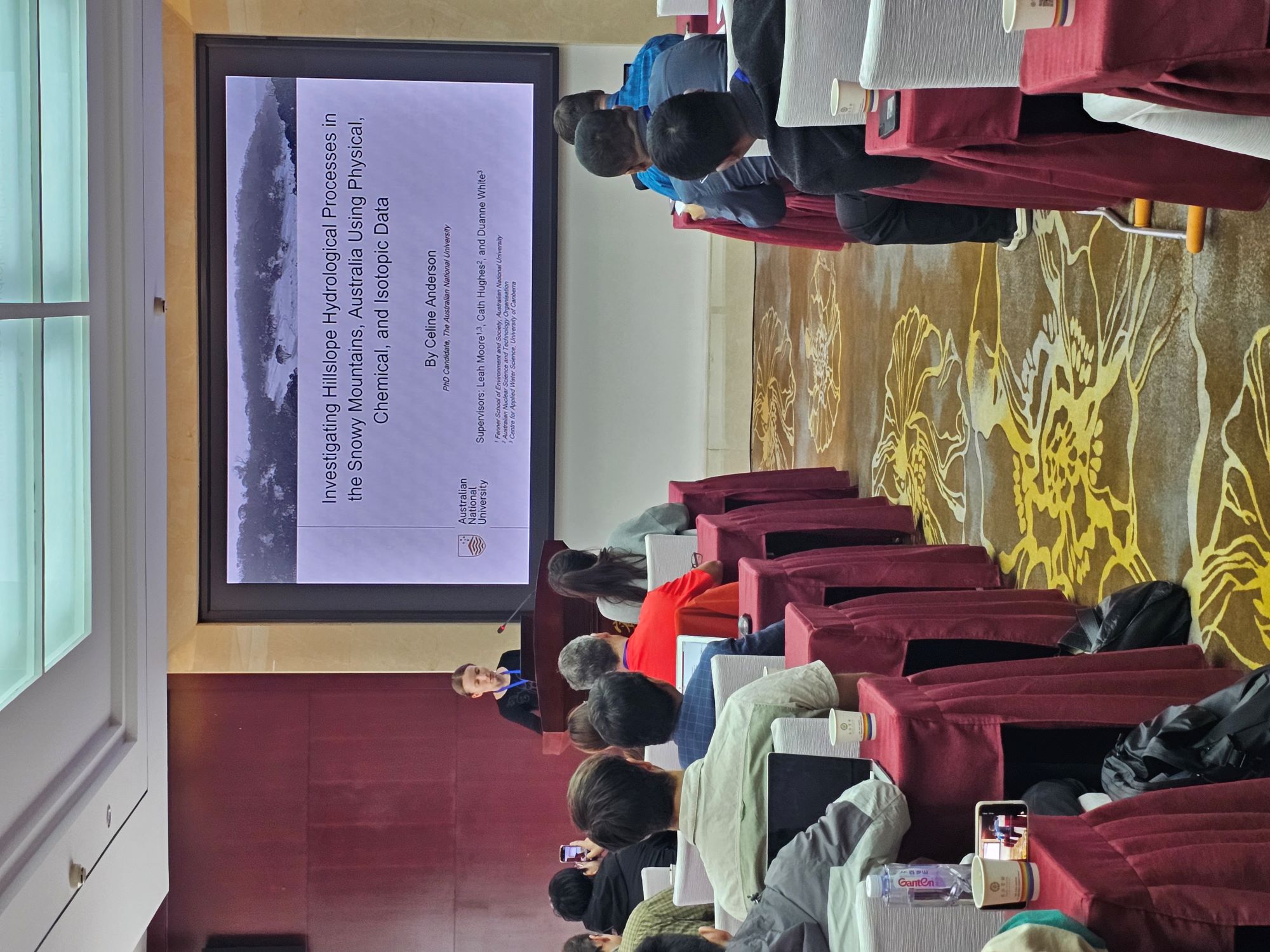 |
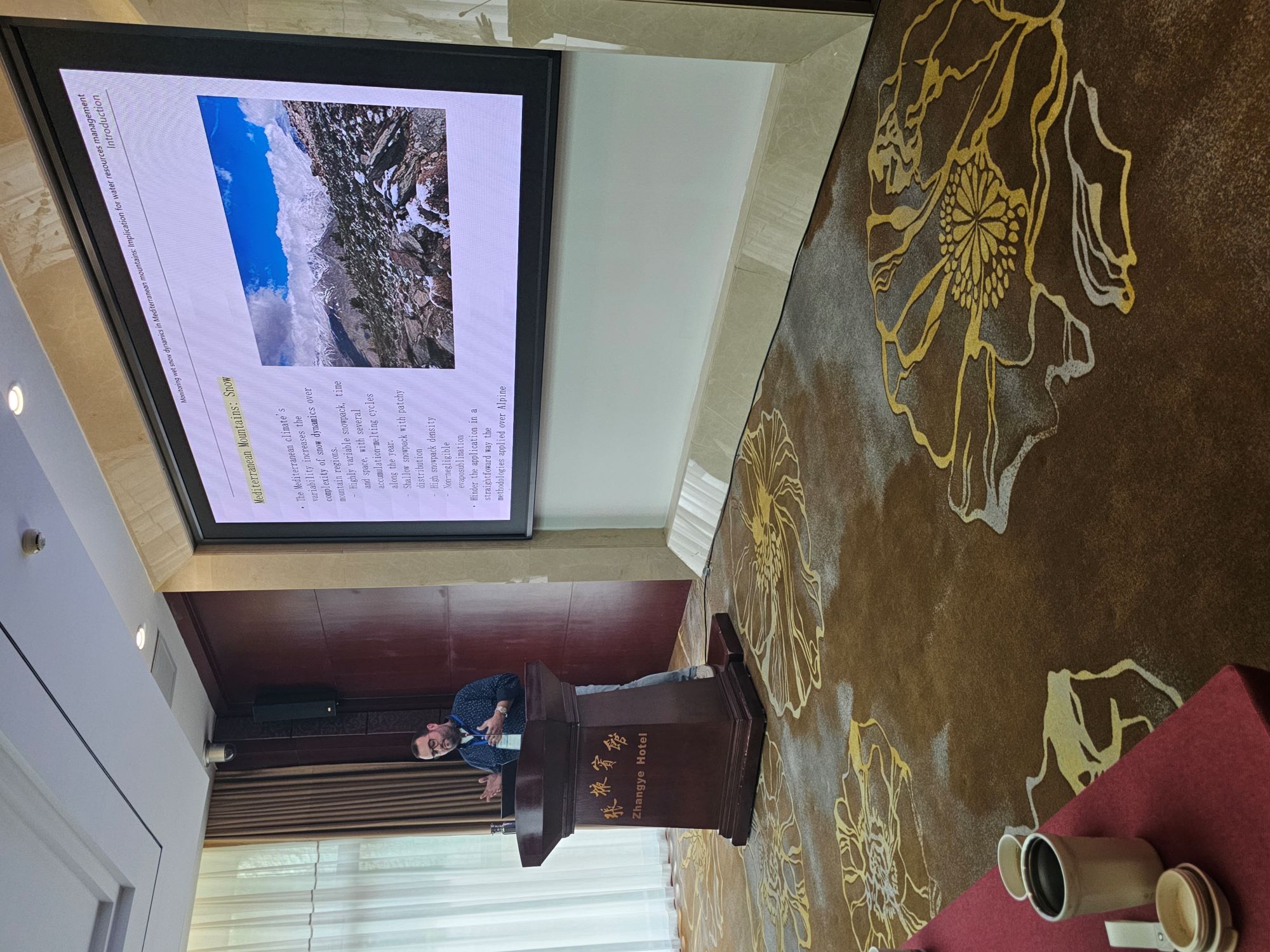 |
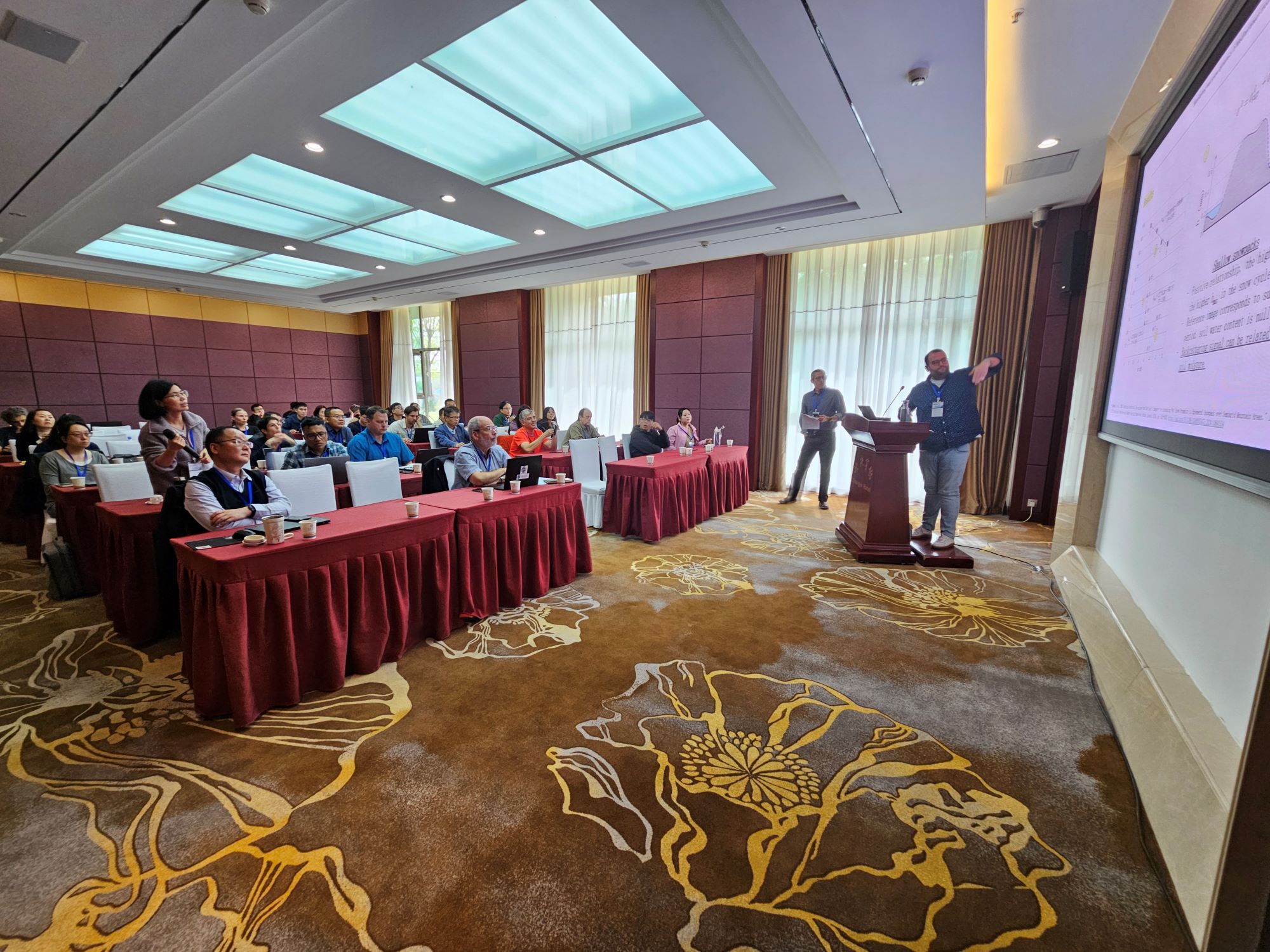 |
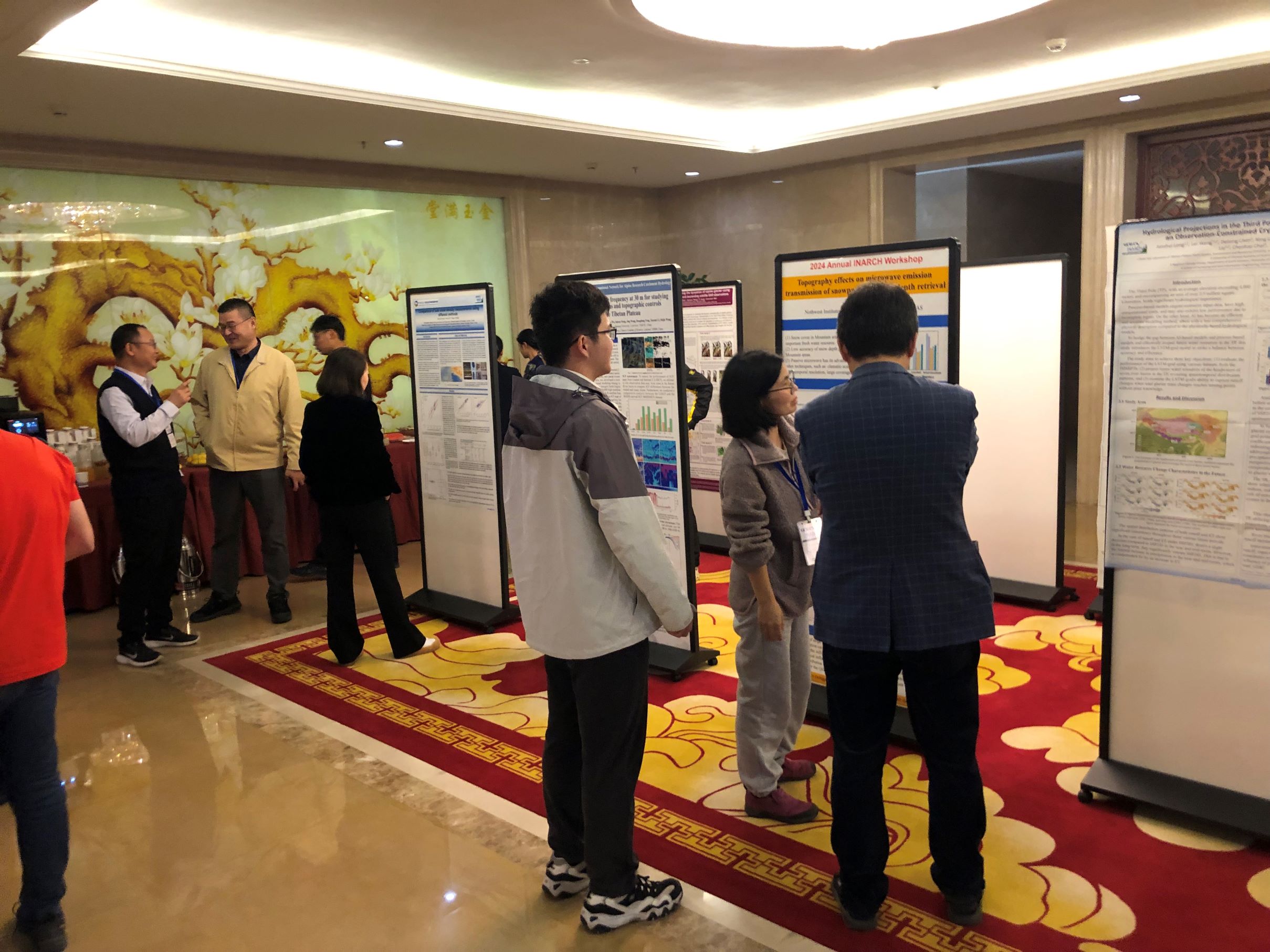 |
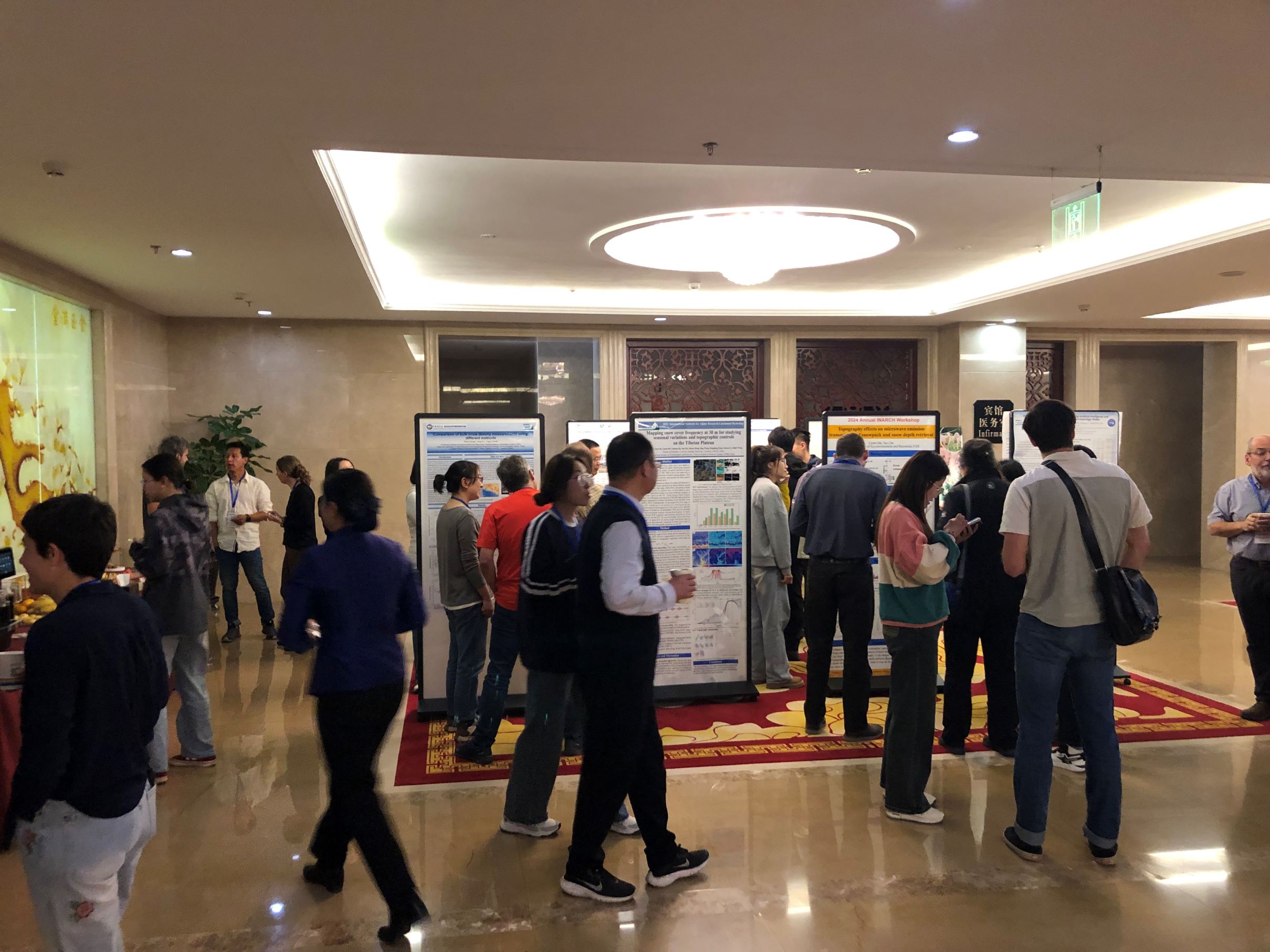 |
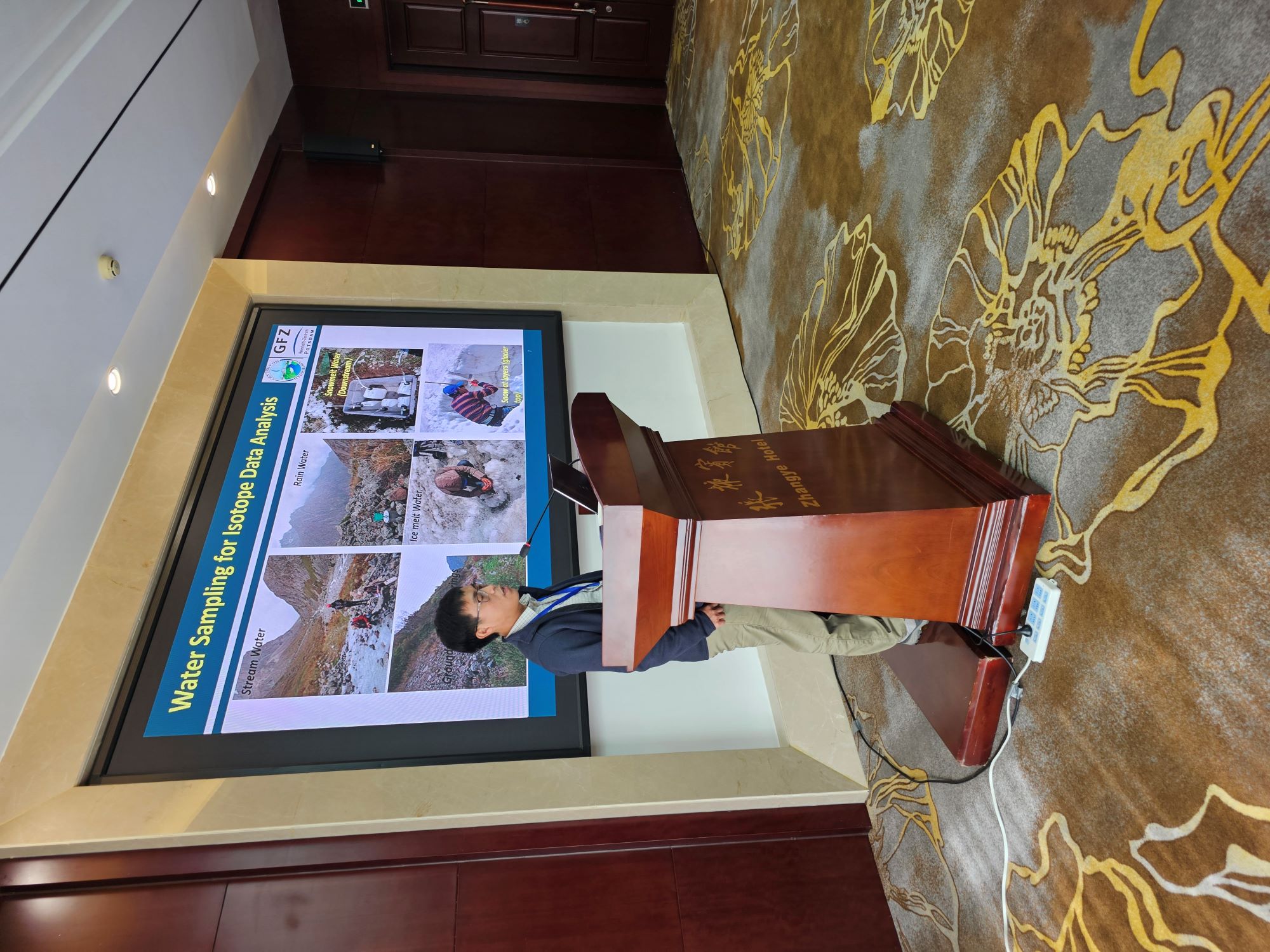 |
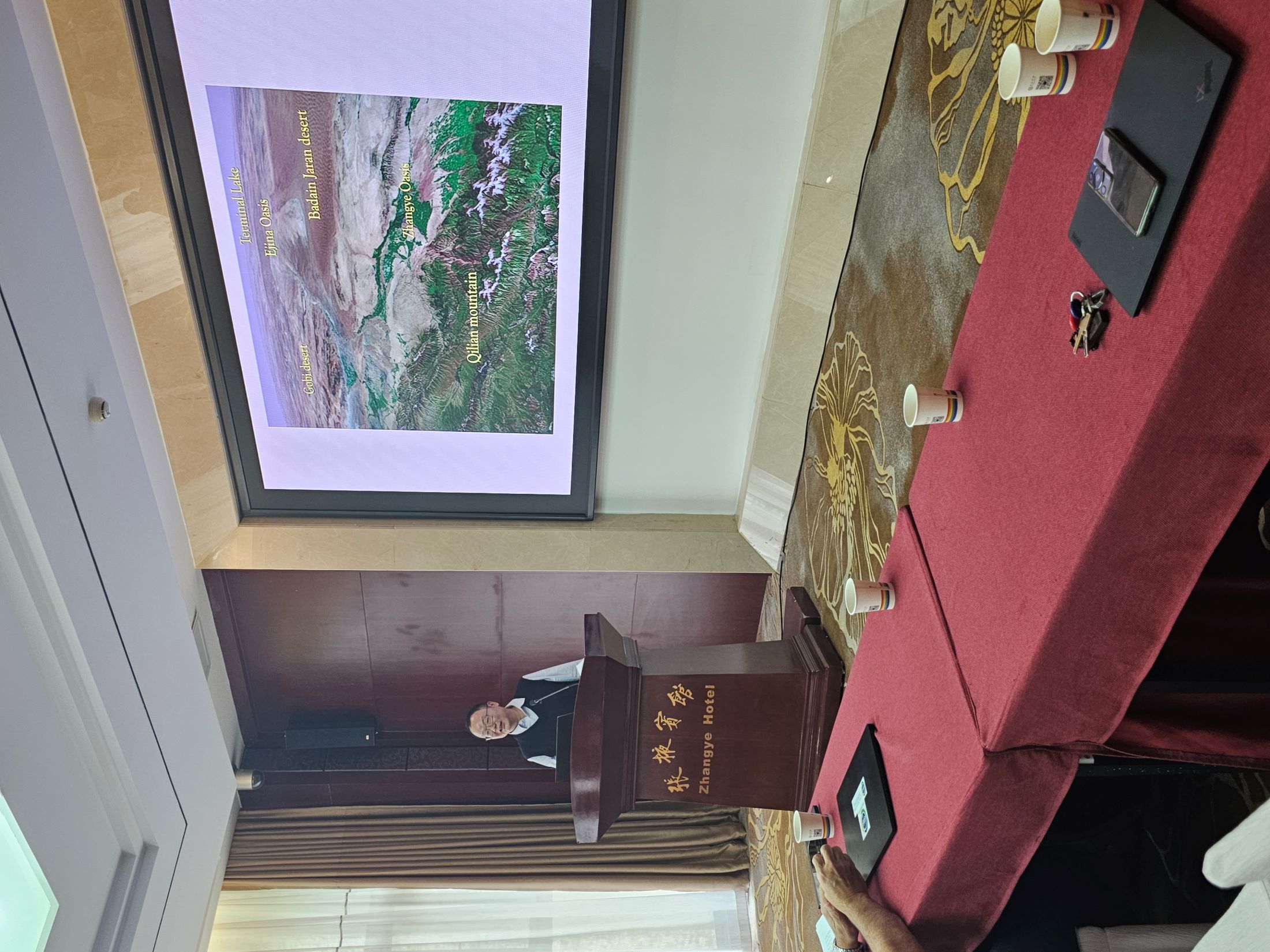 |
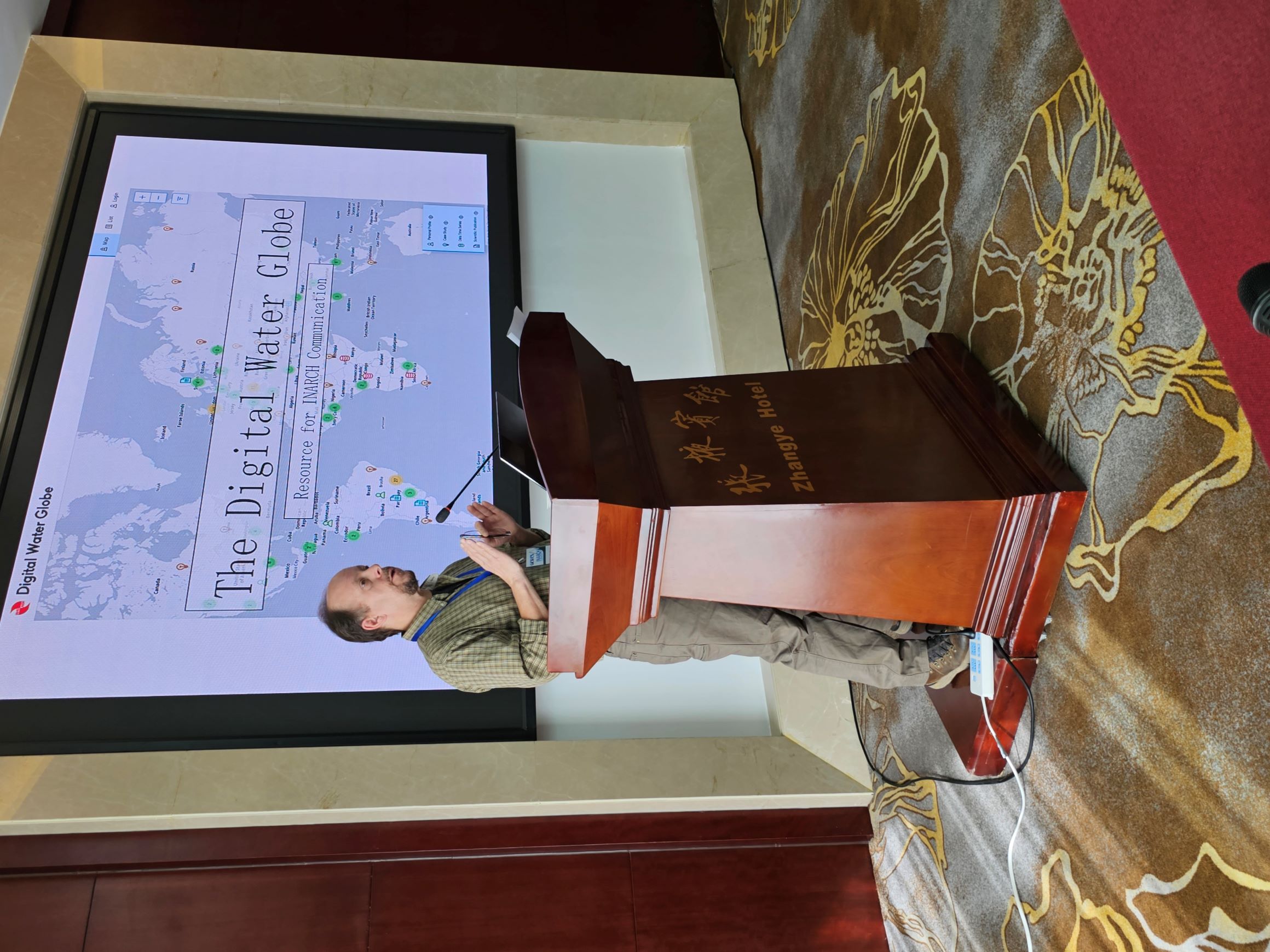 |
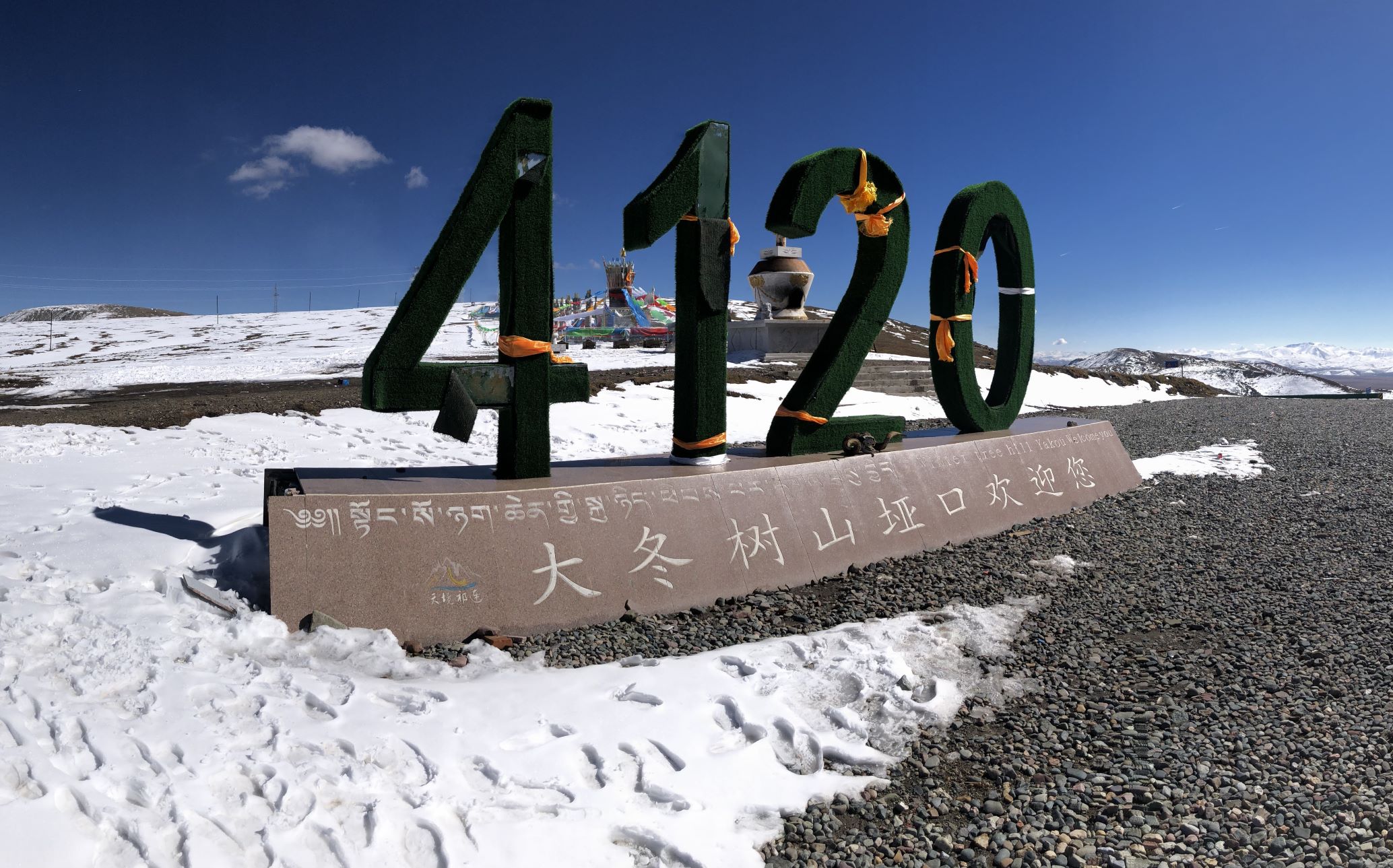 |
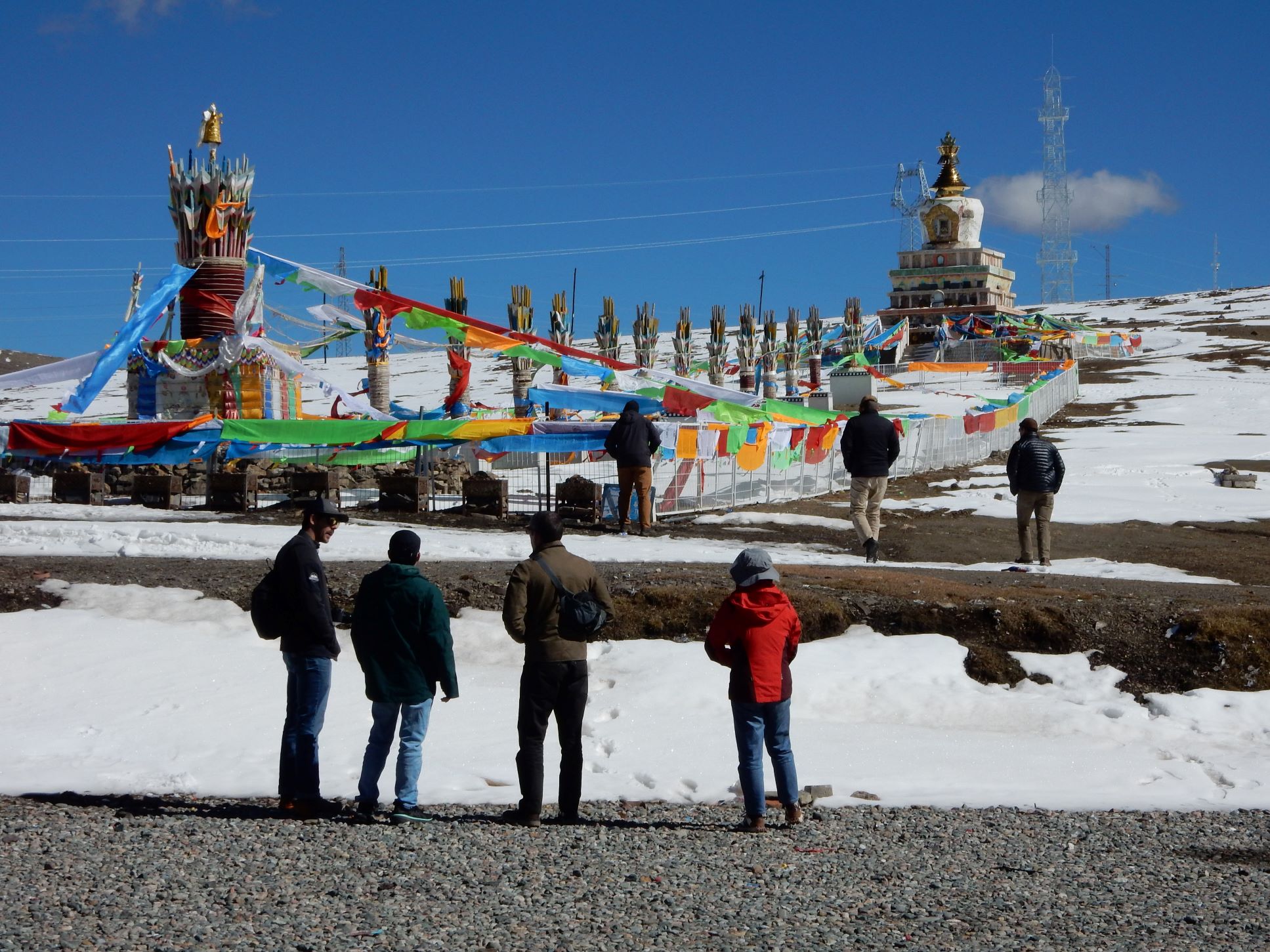 |
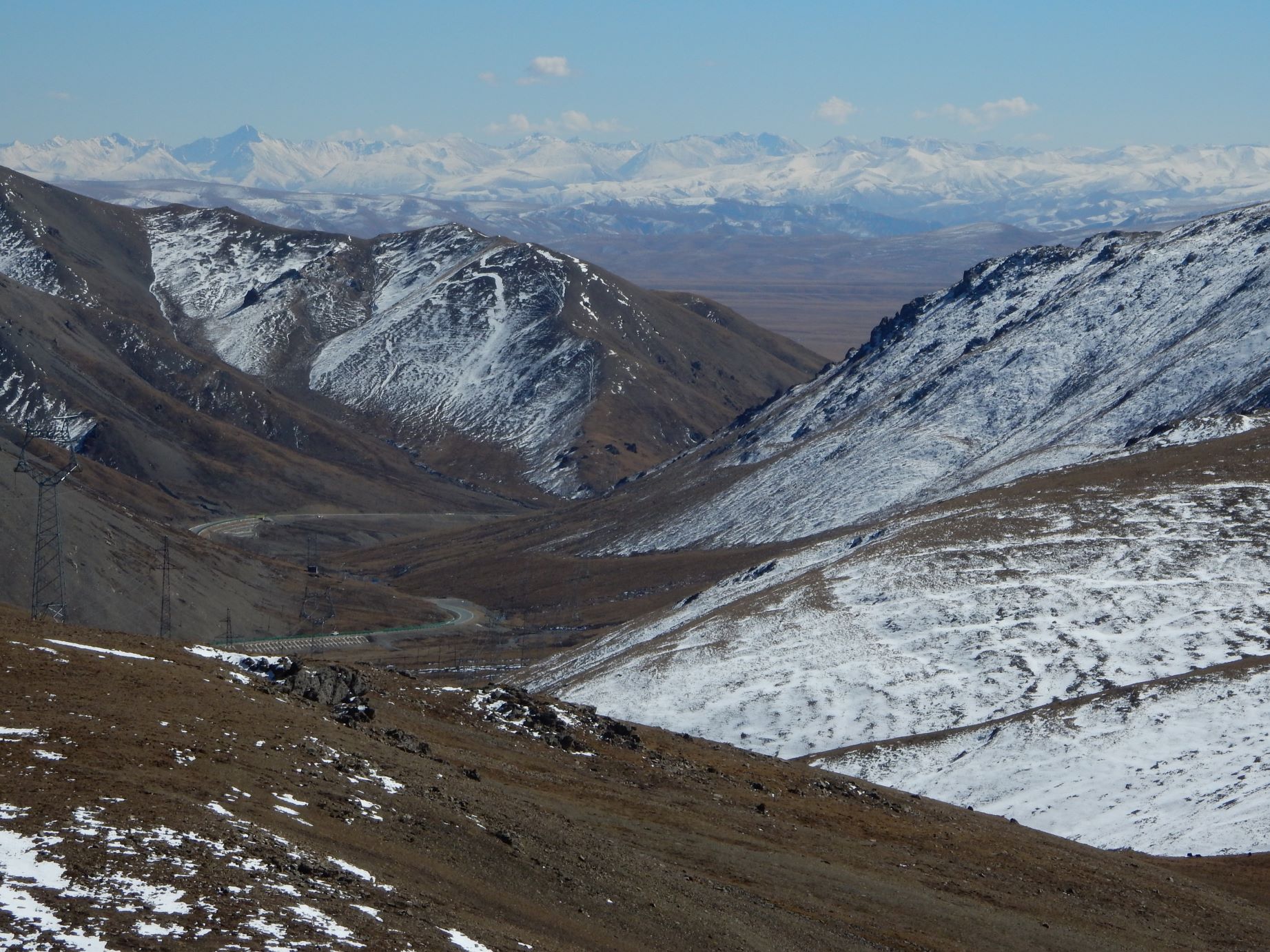 |
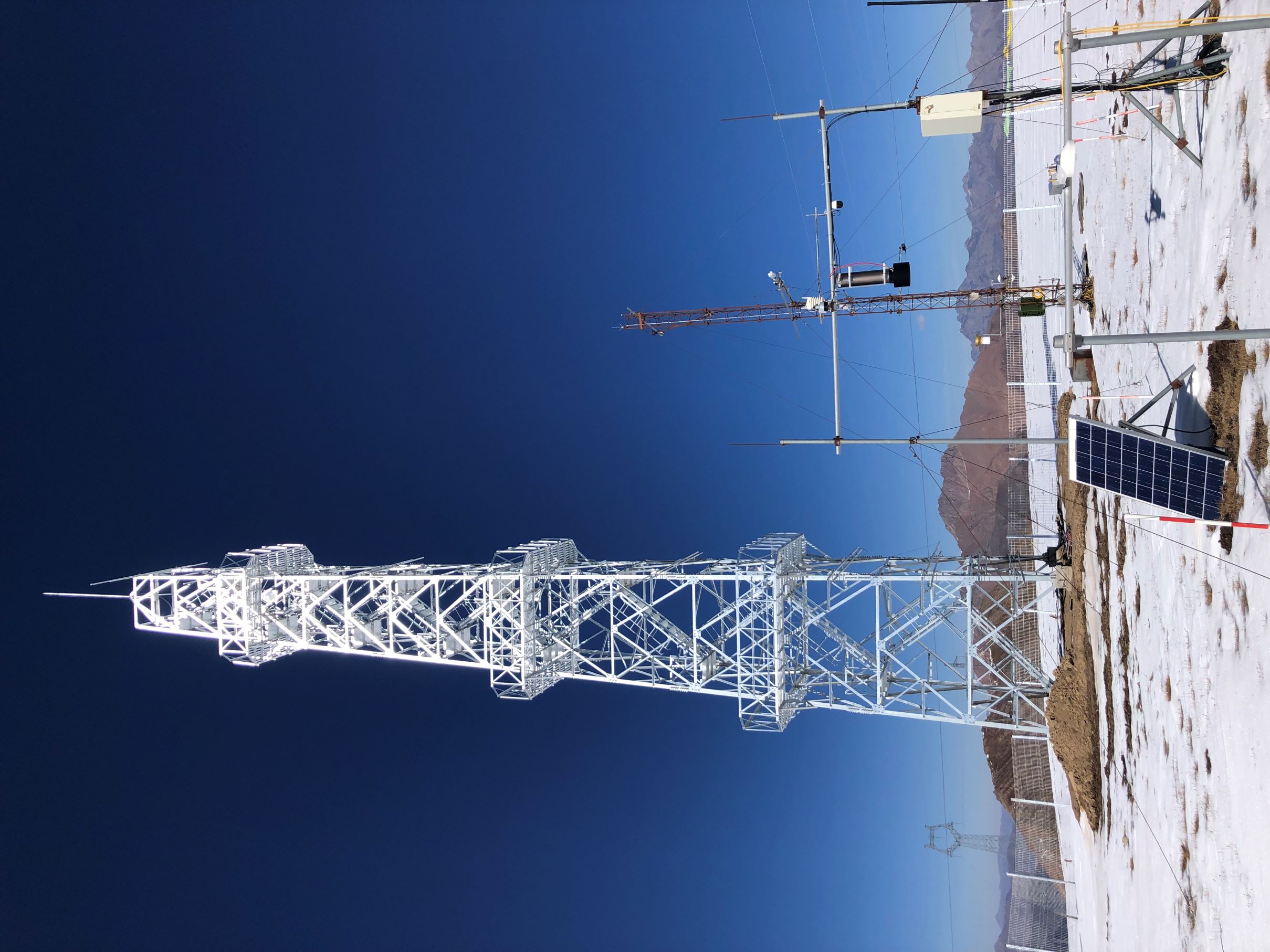 |
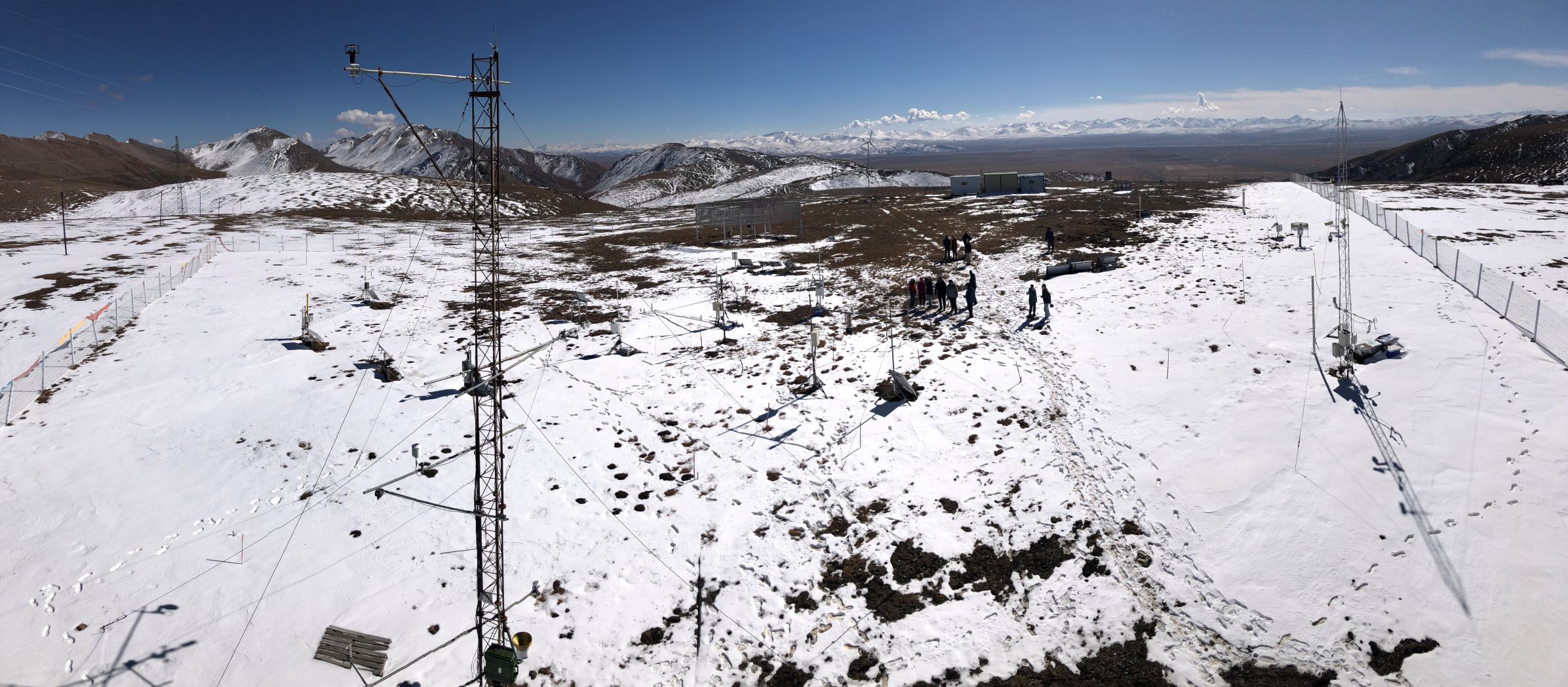 |
|
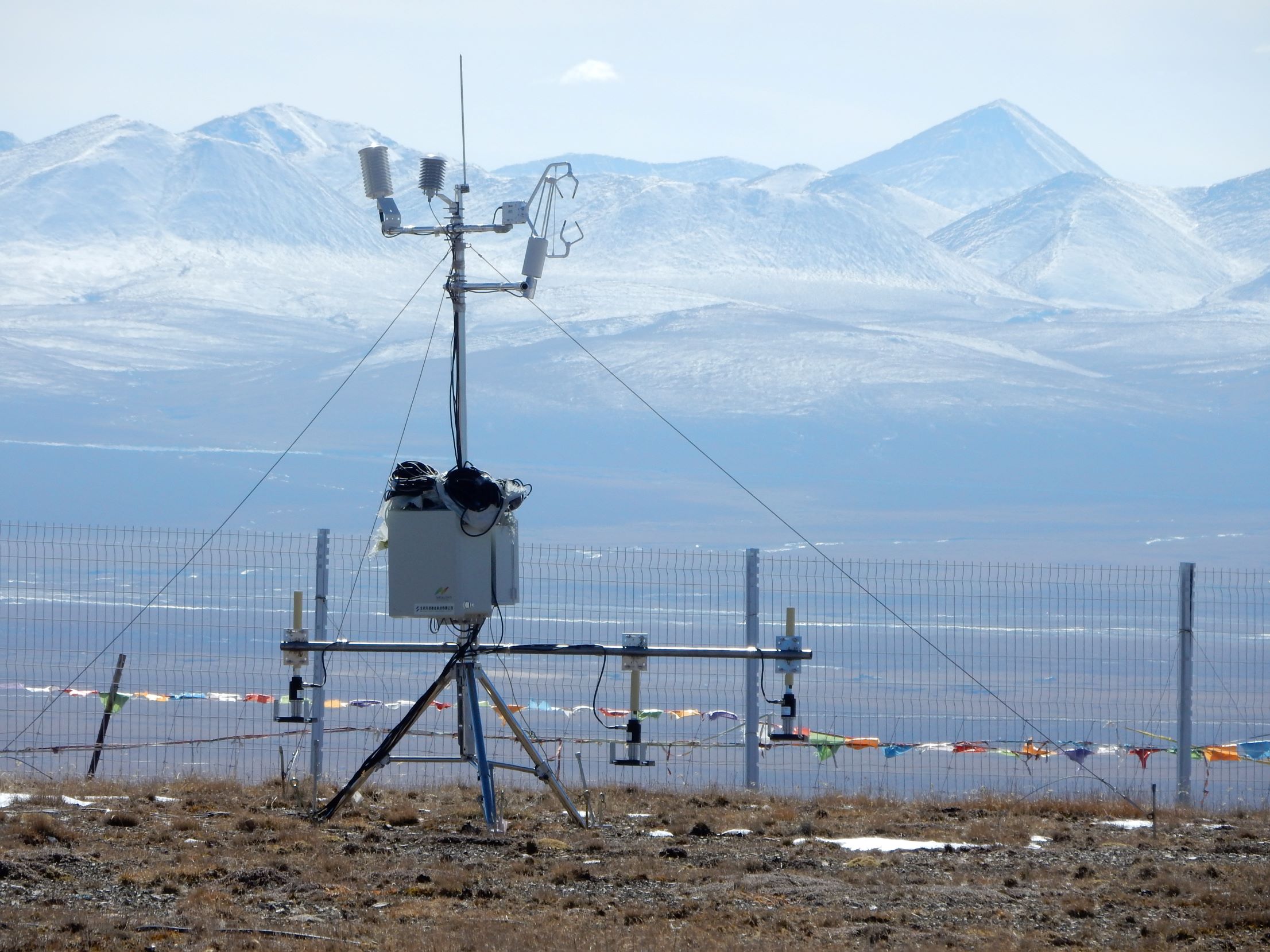 |
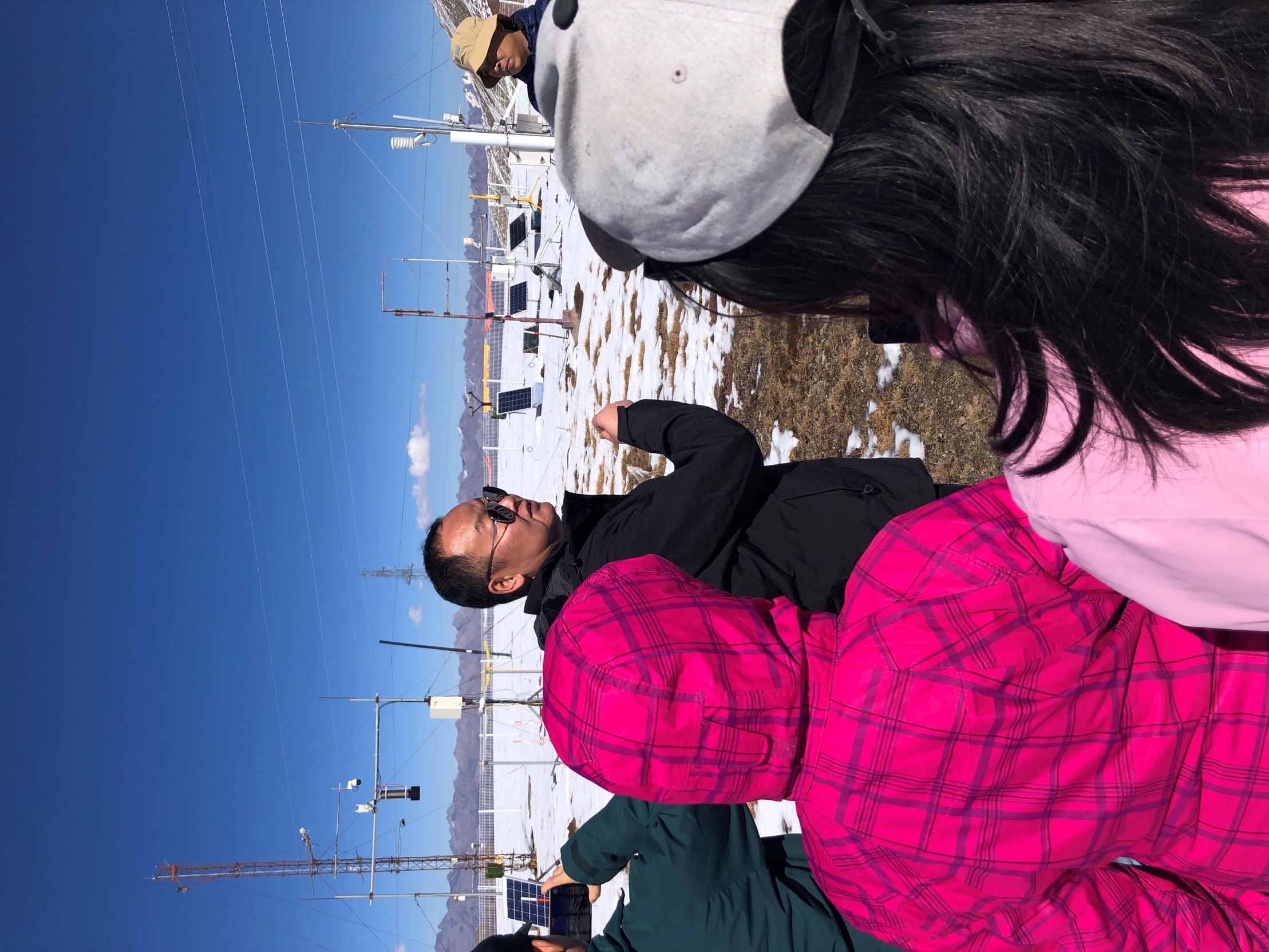 |
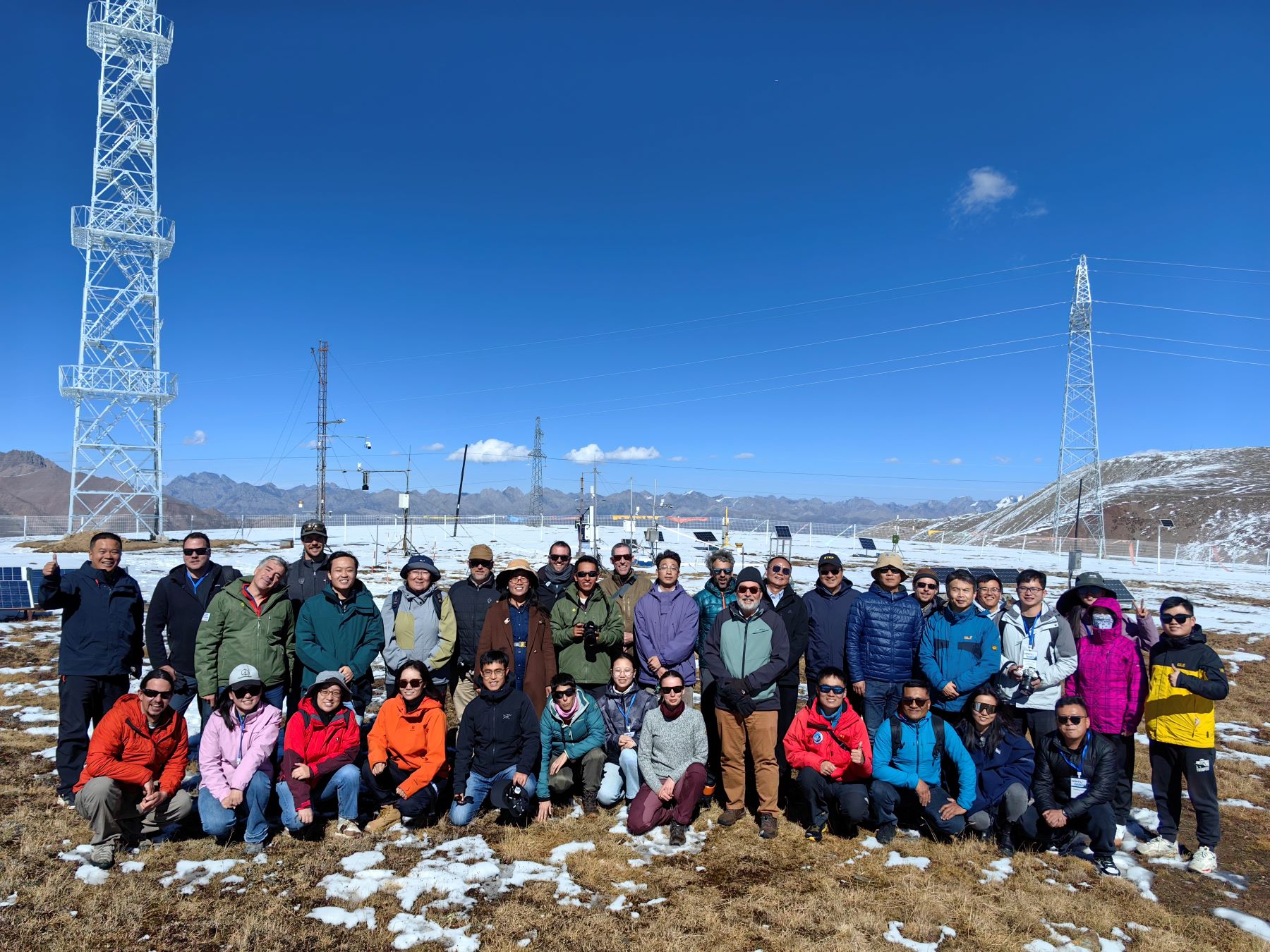 |
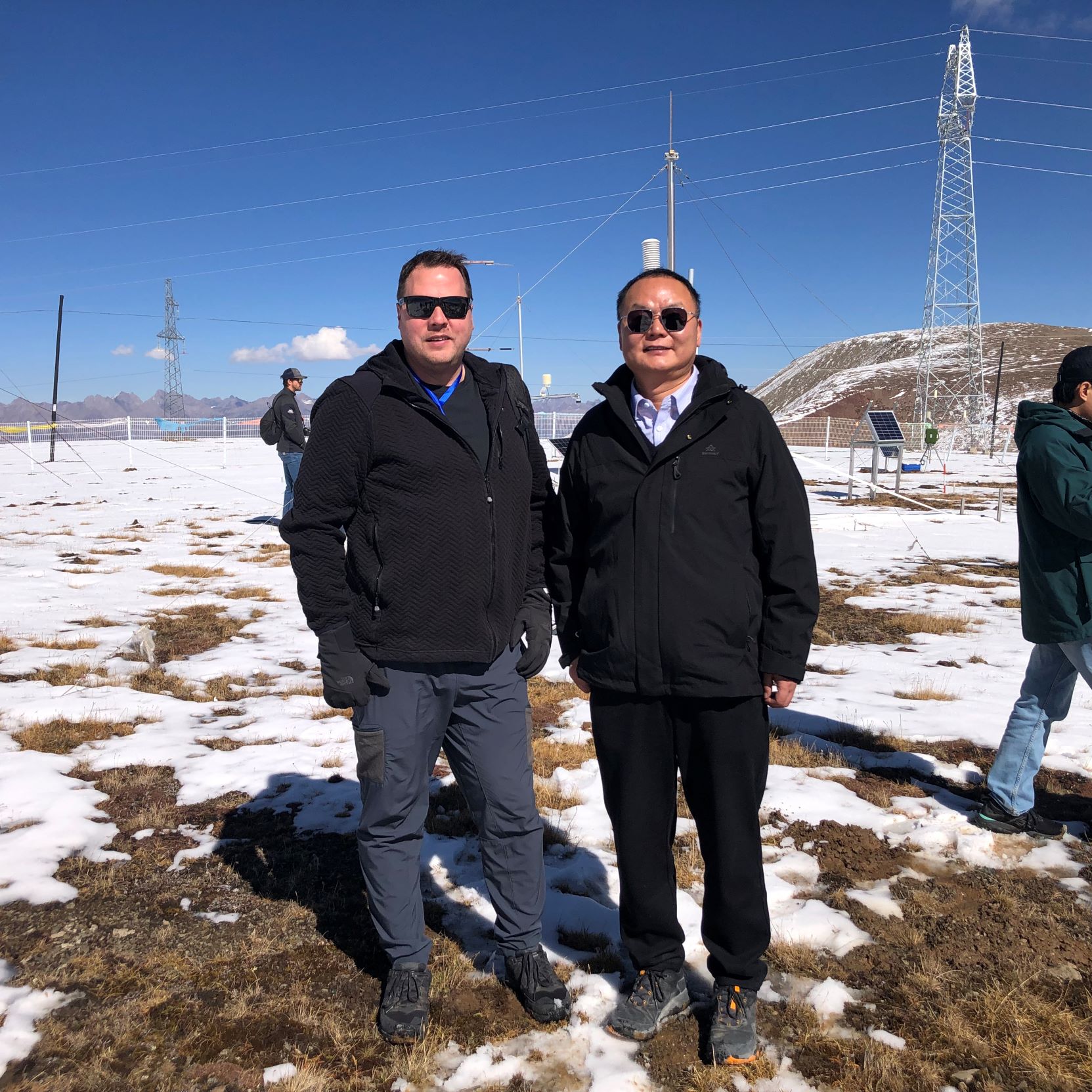 |
 |
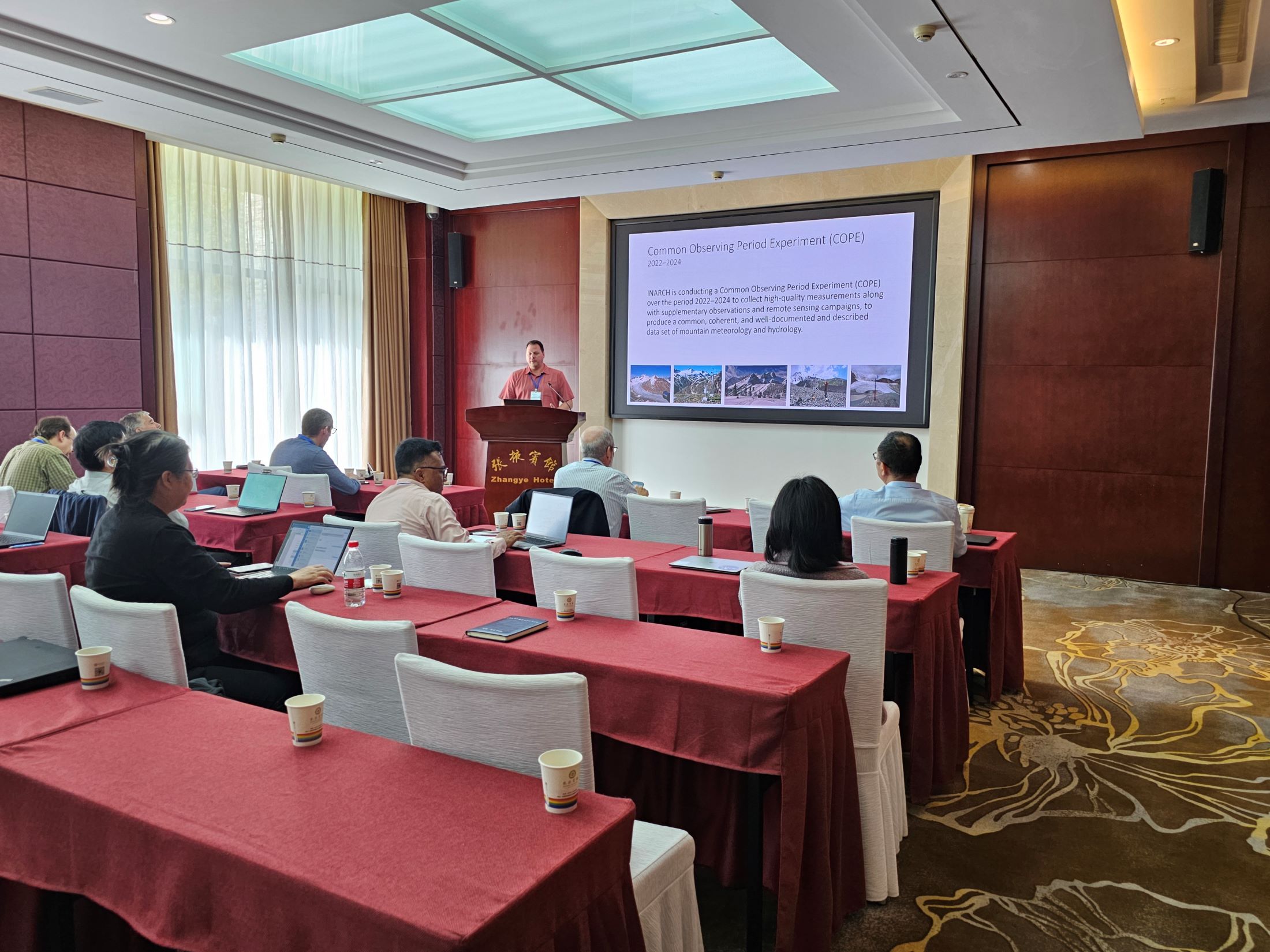 |
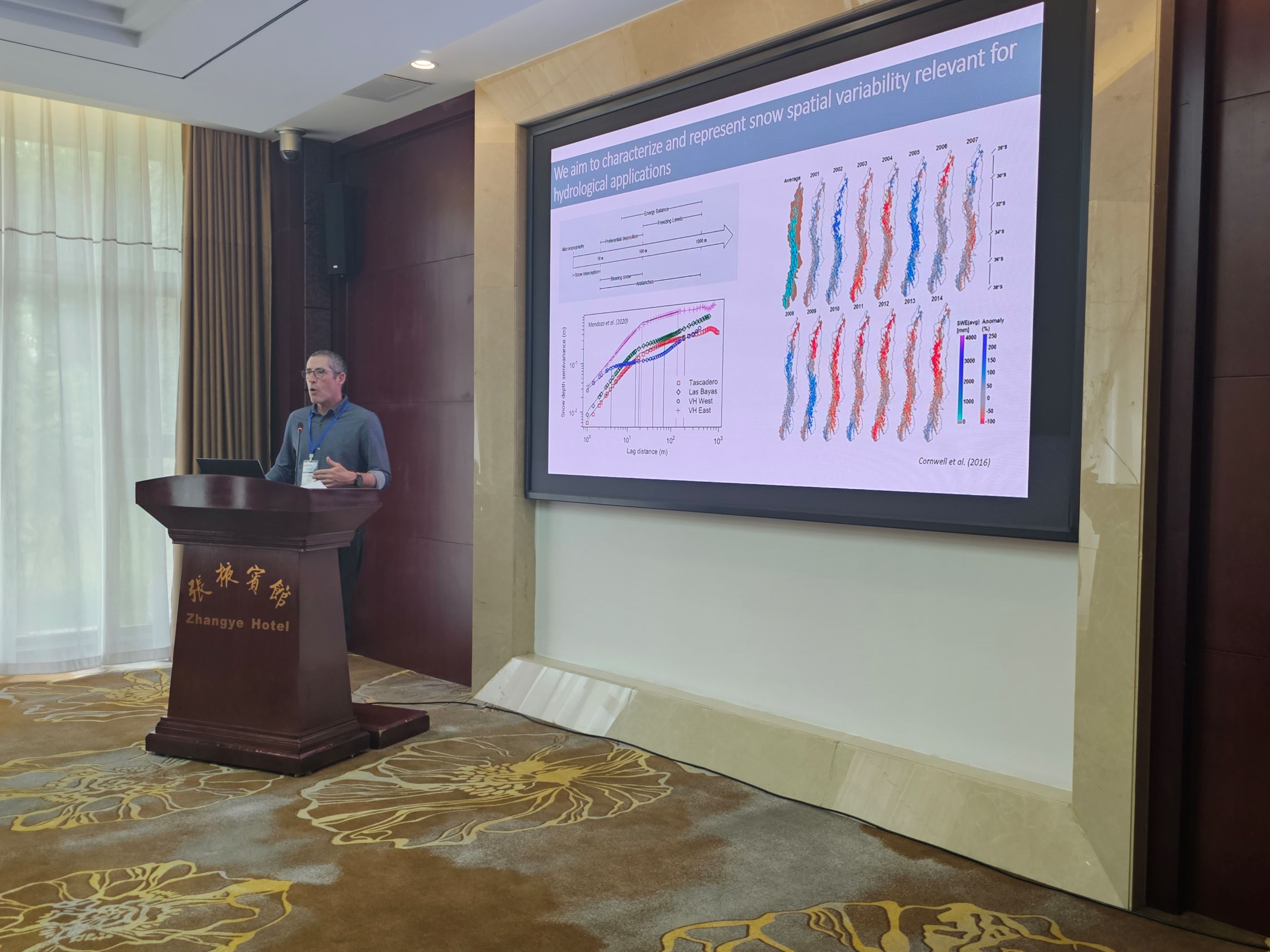 |
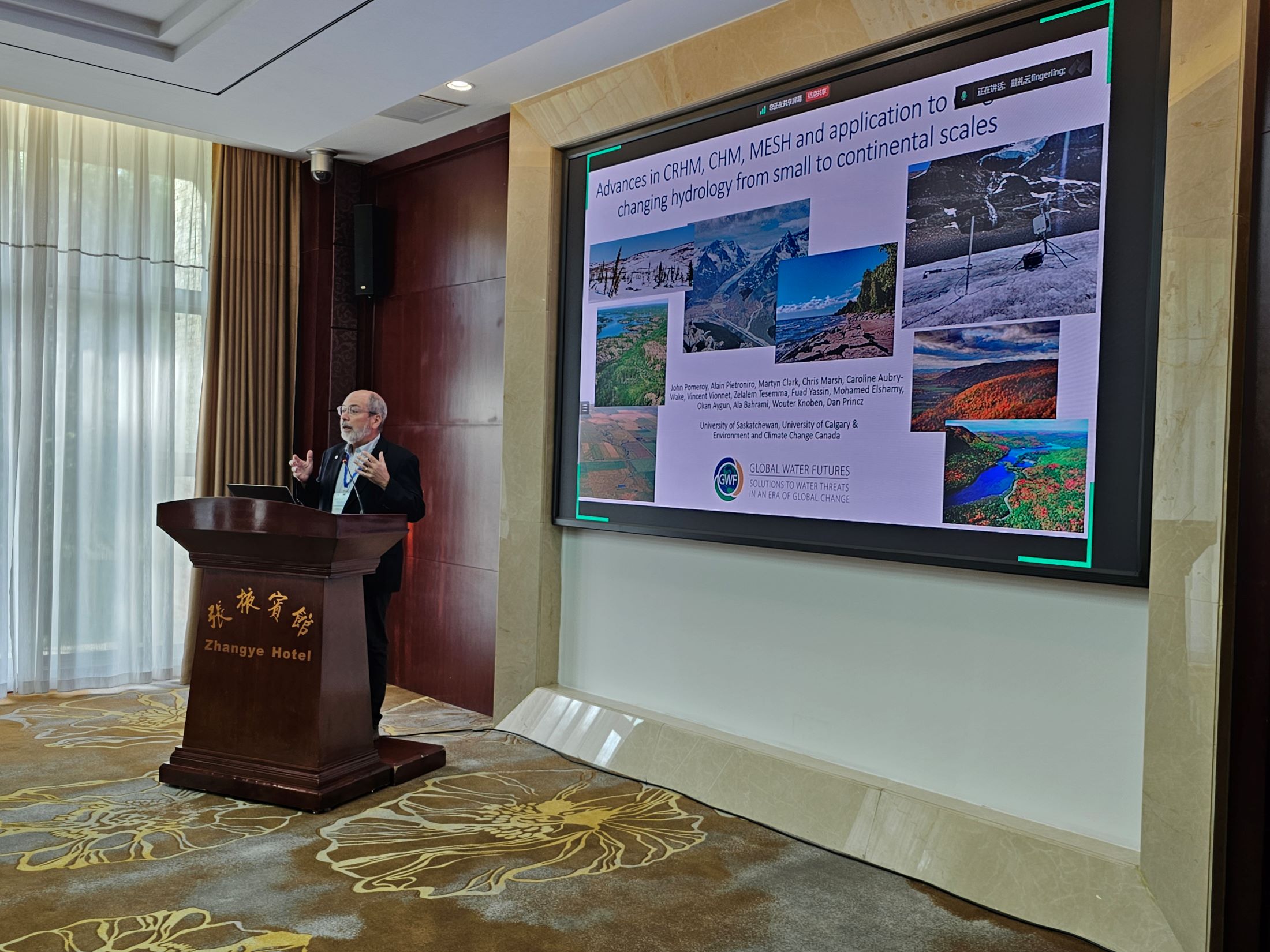 |
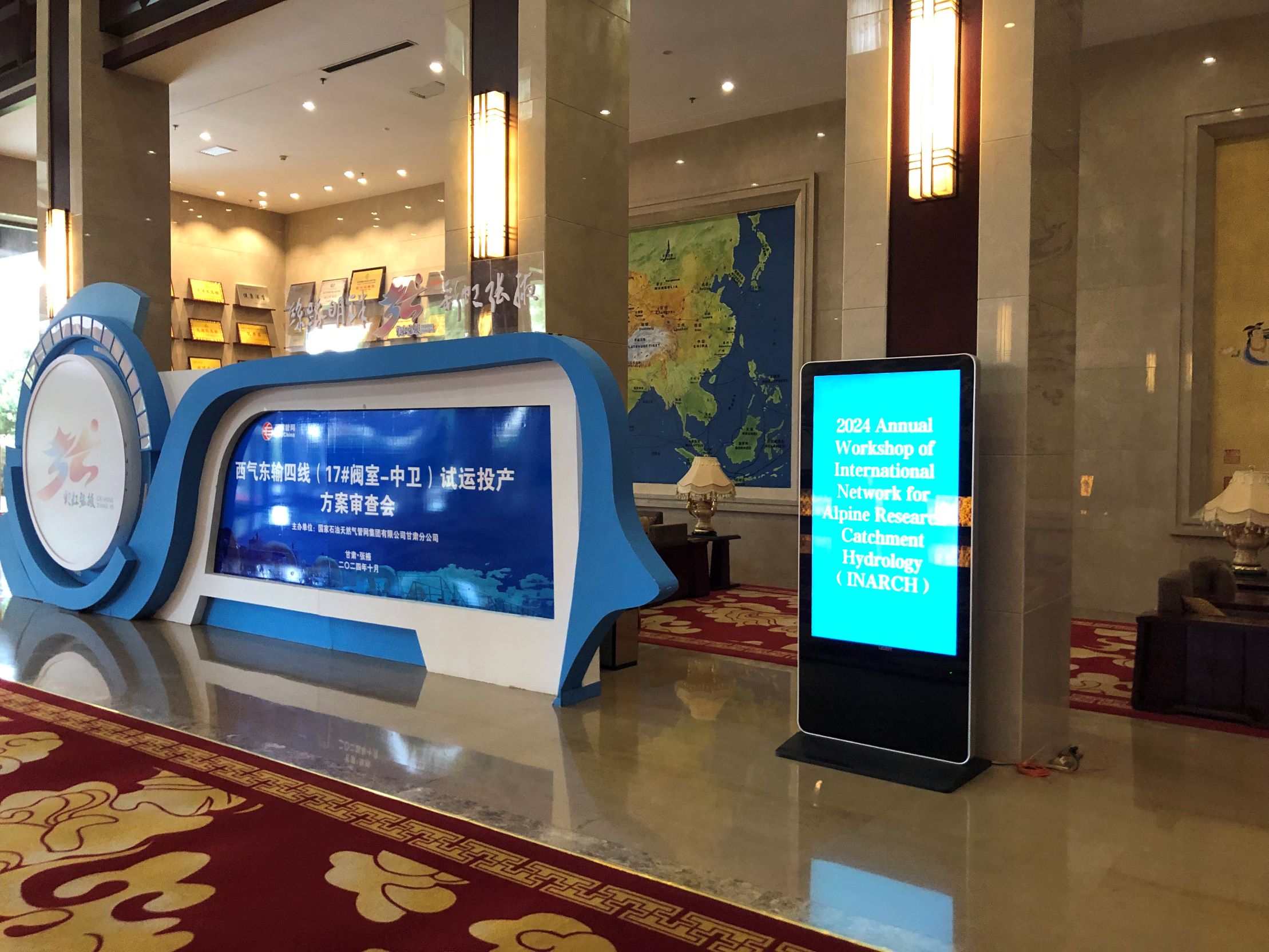 |
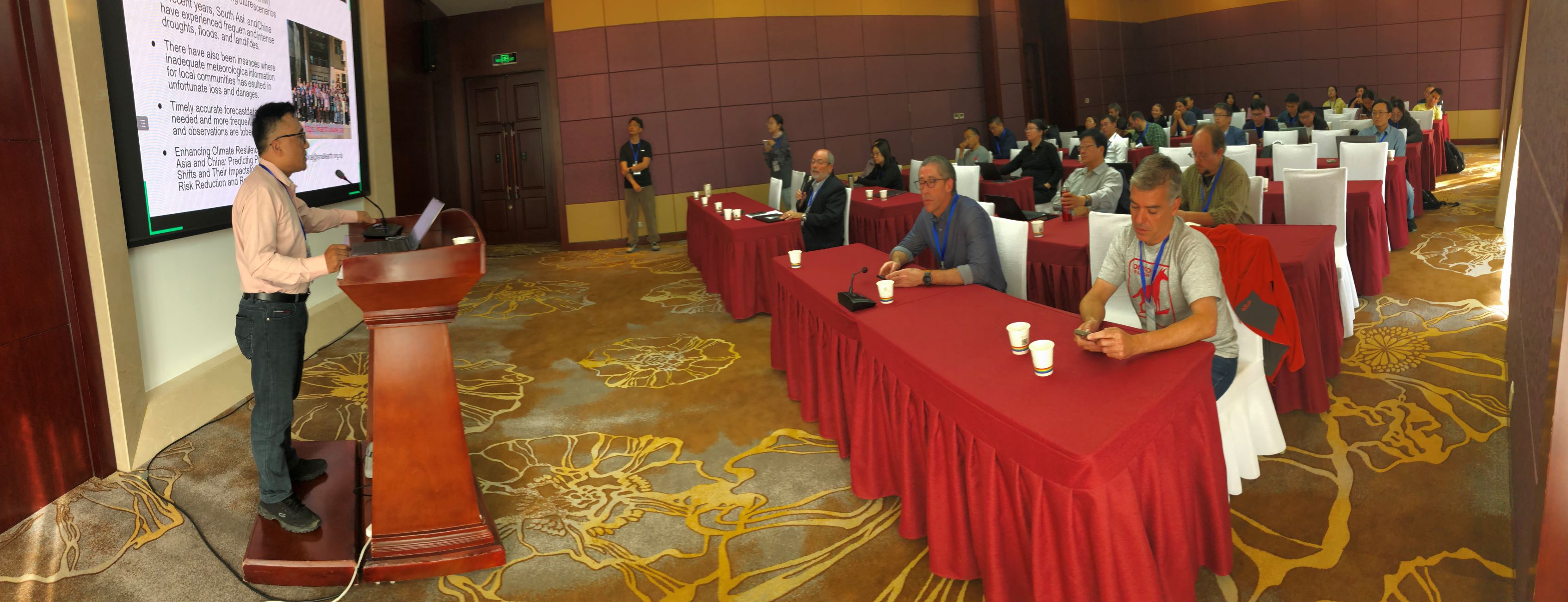 |
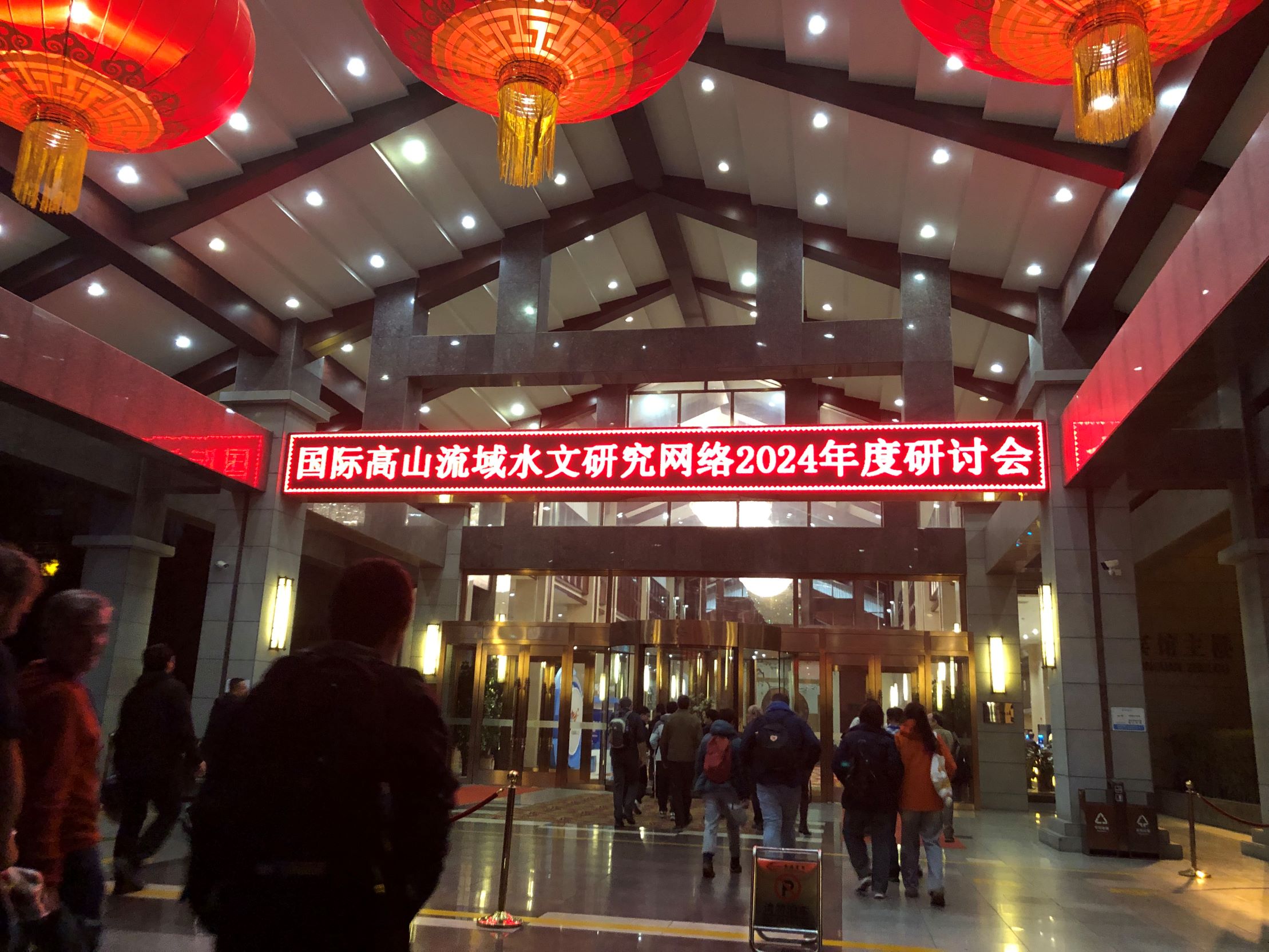 |
|
